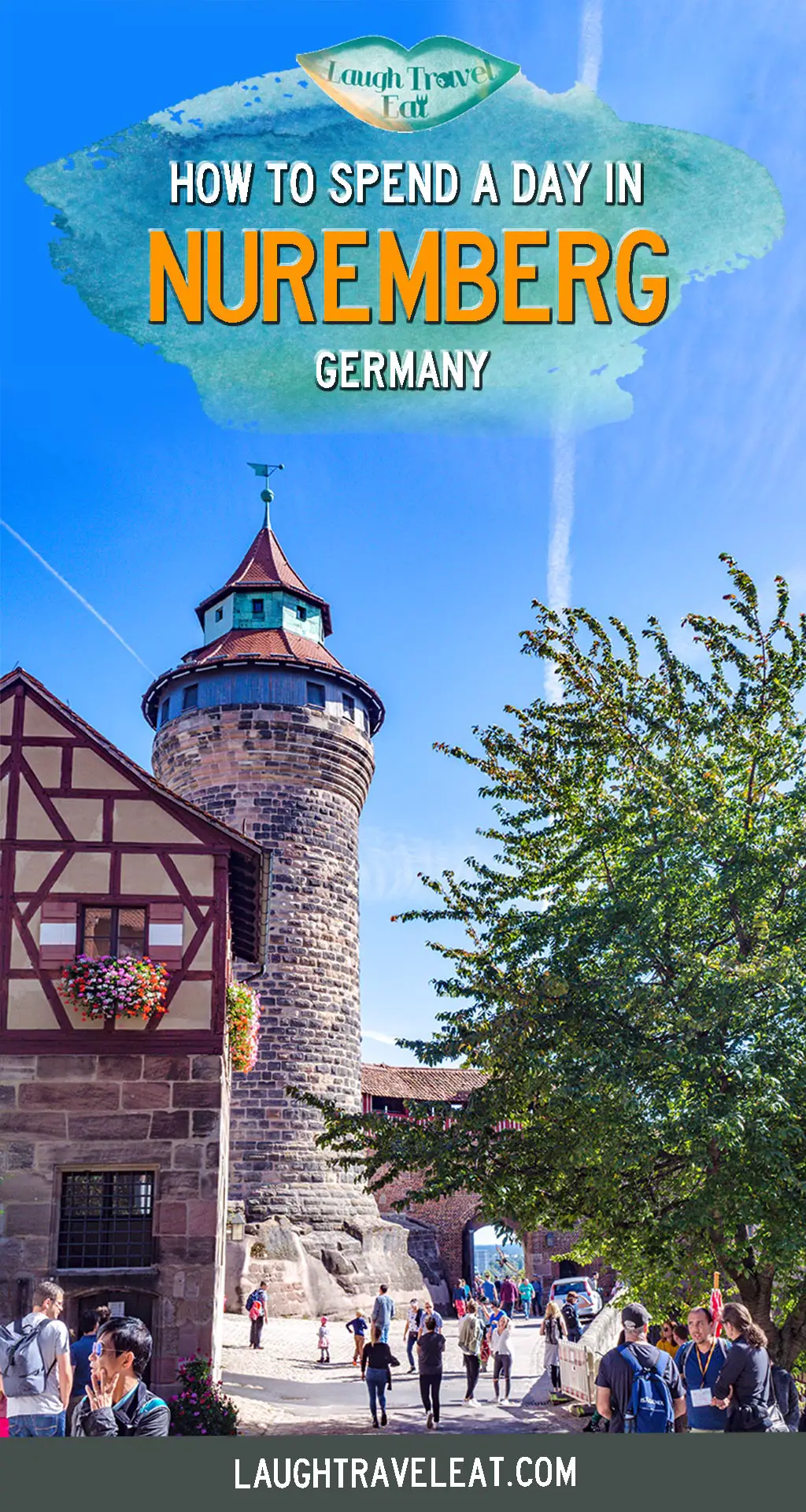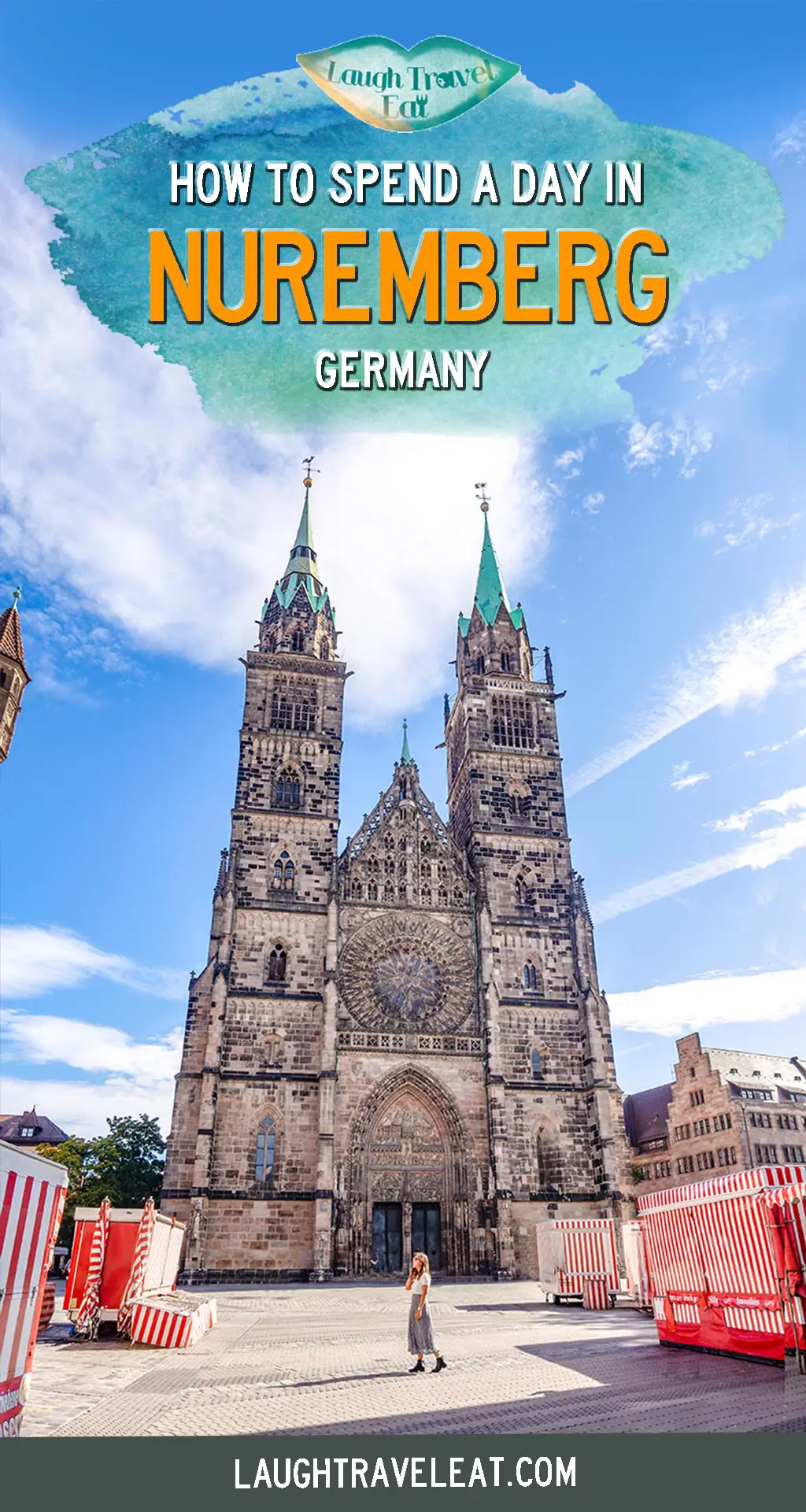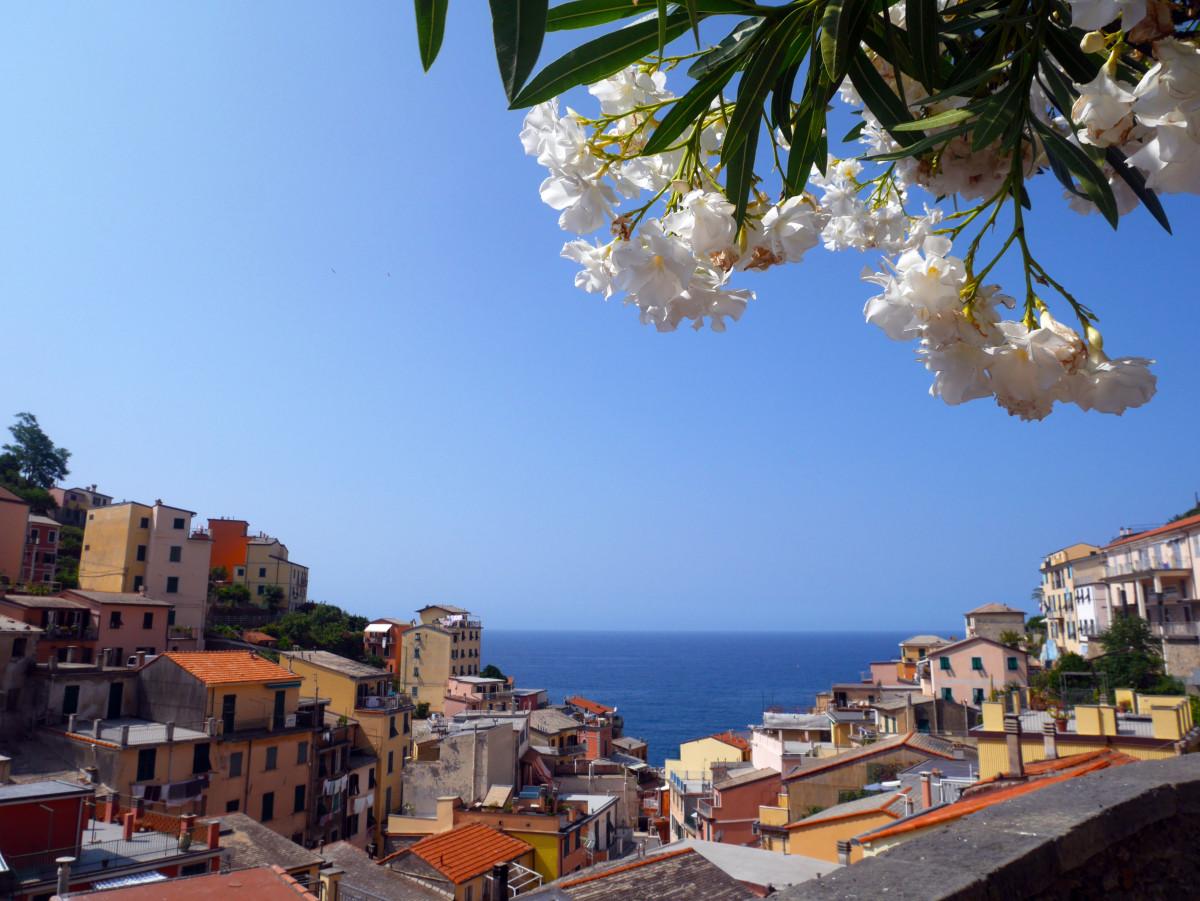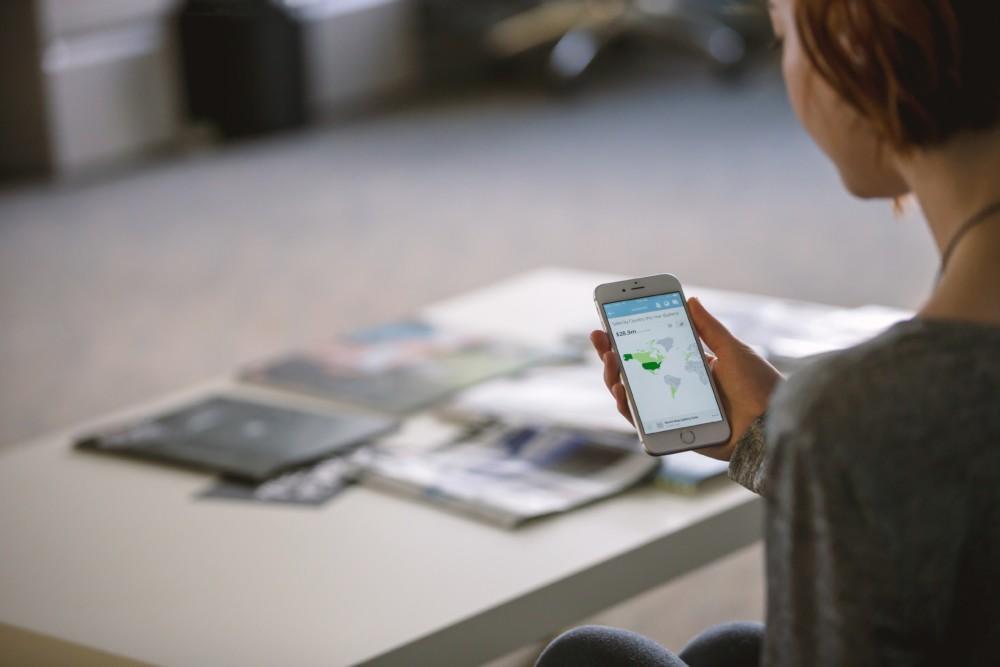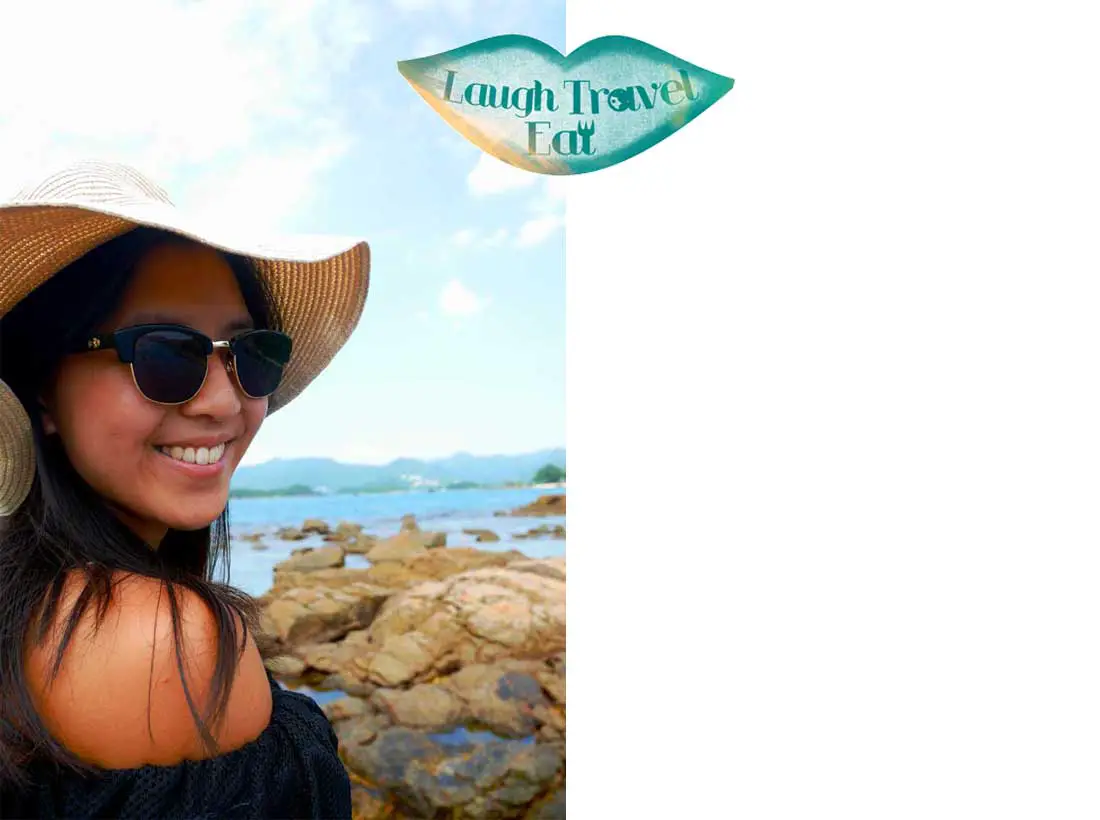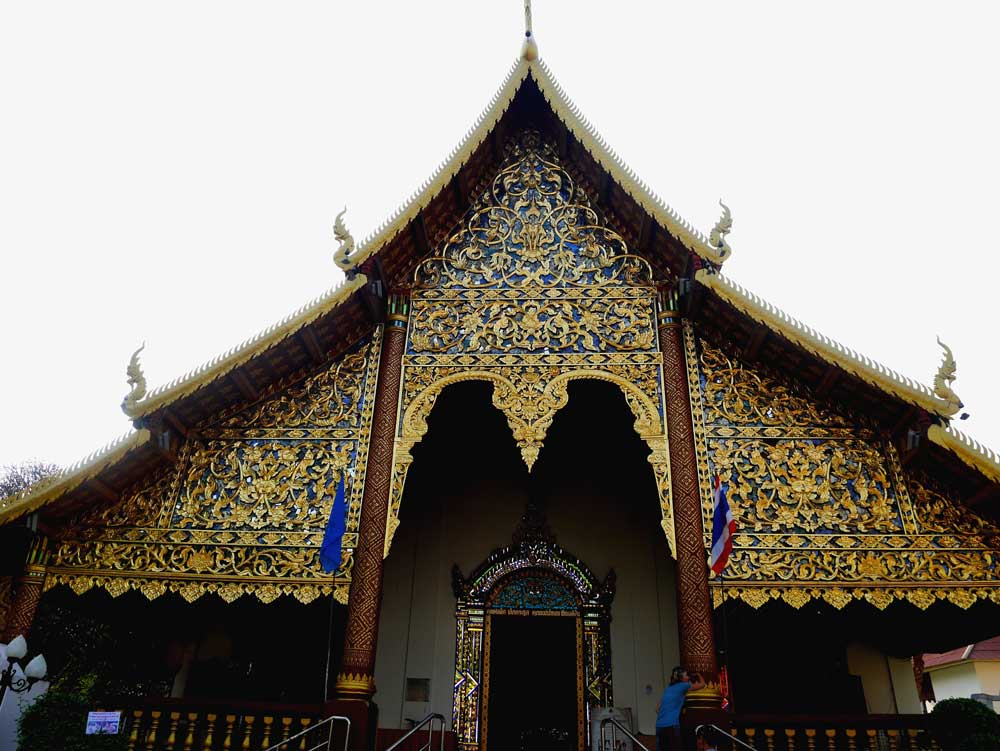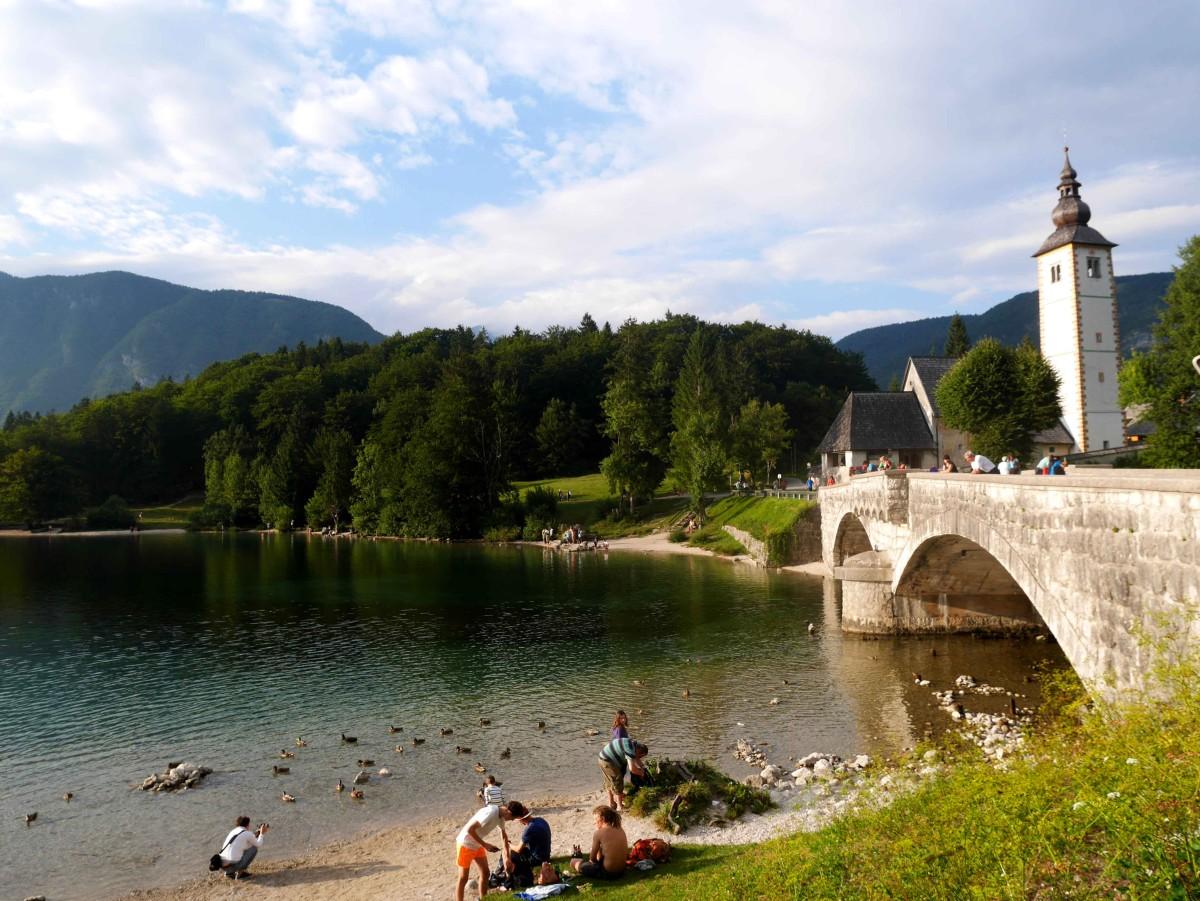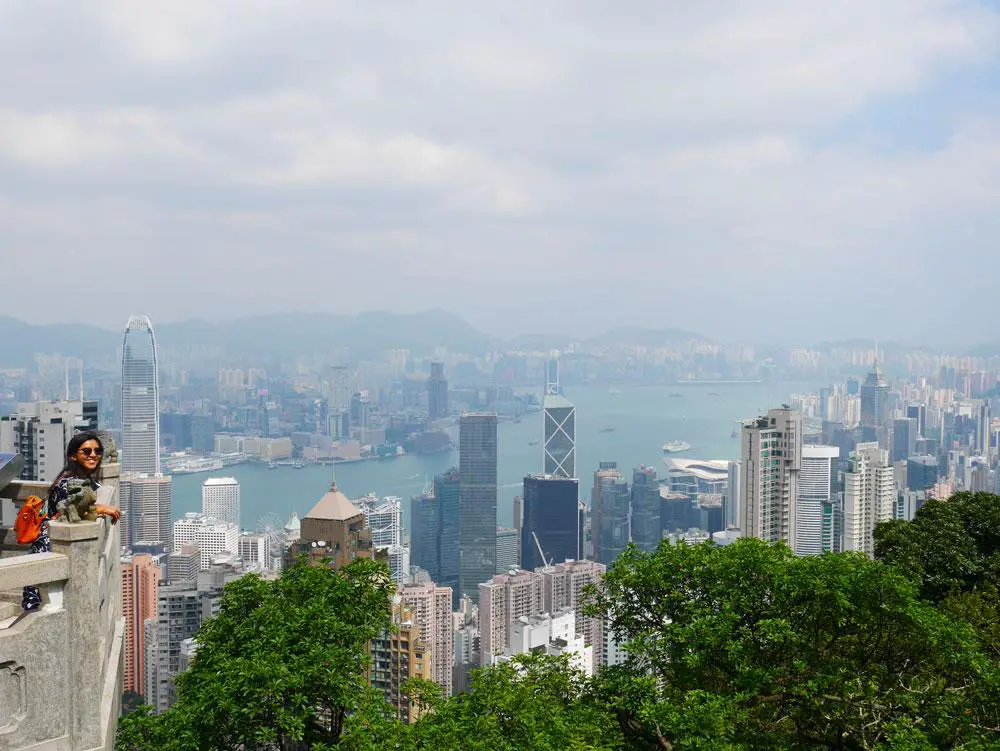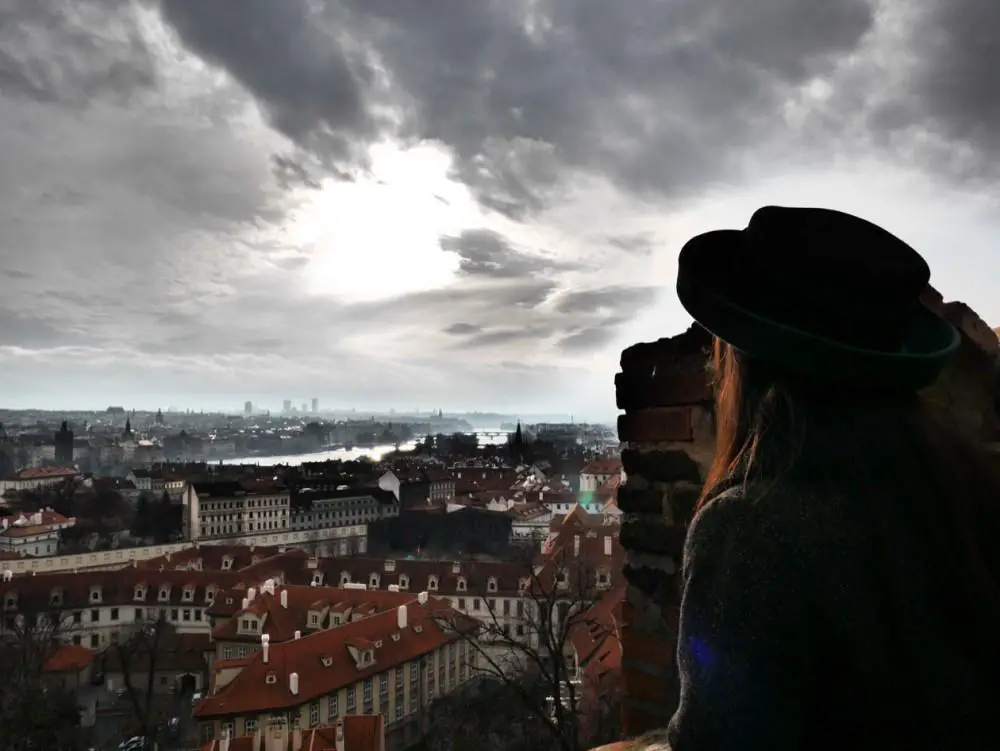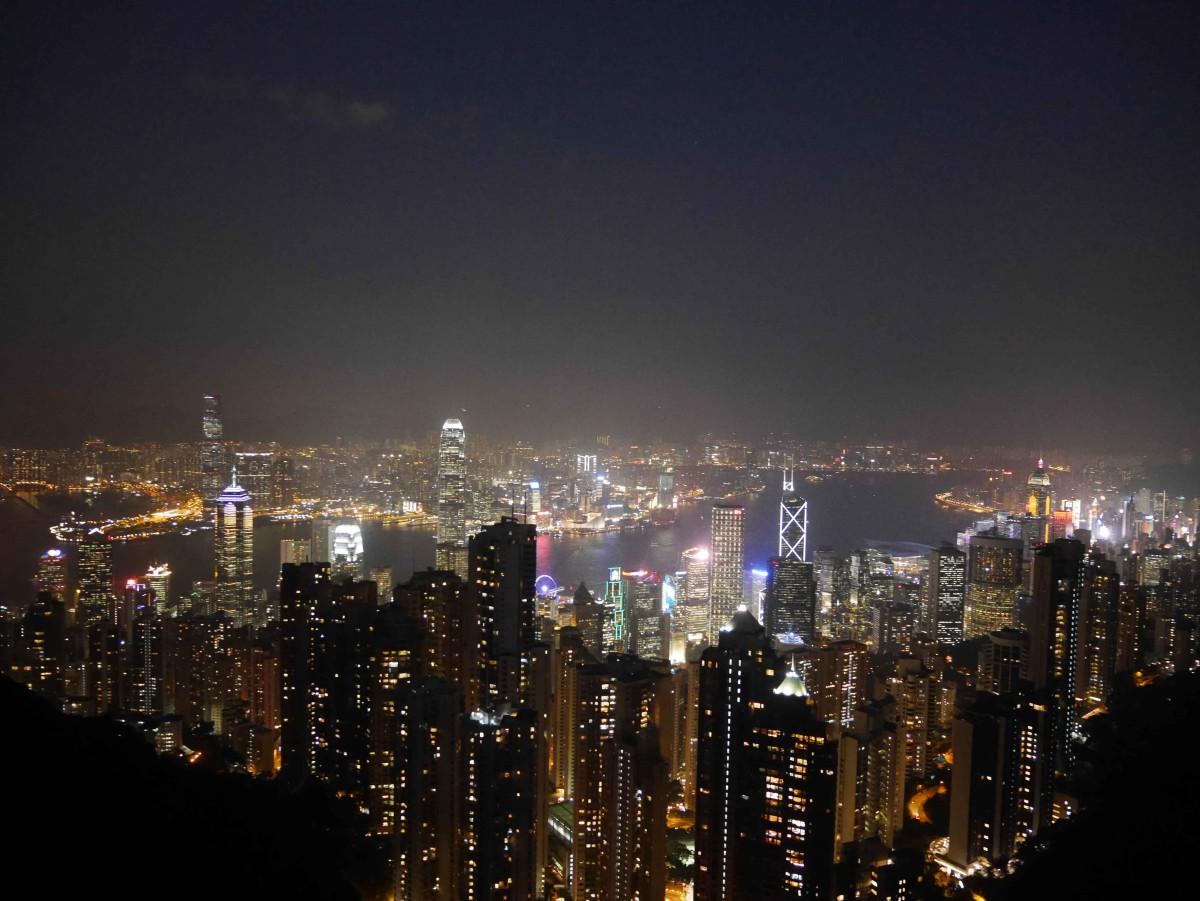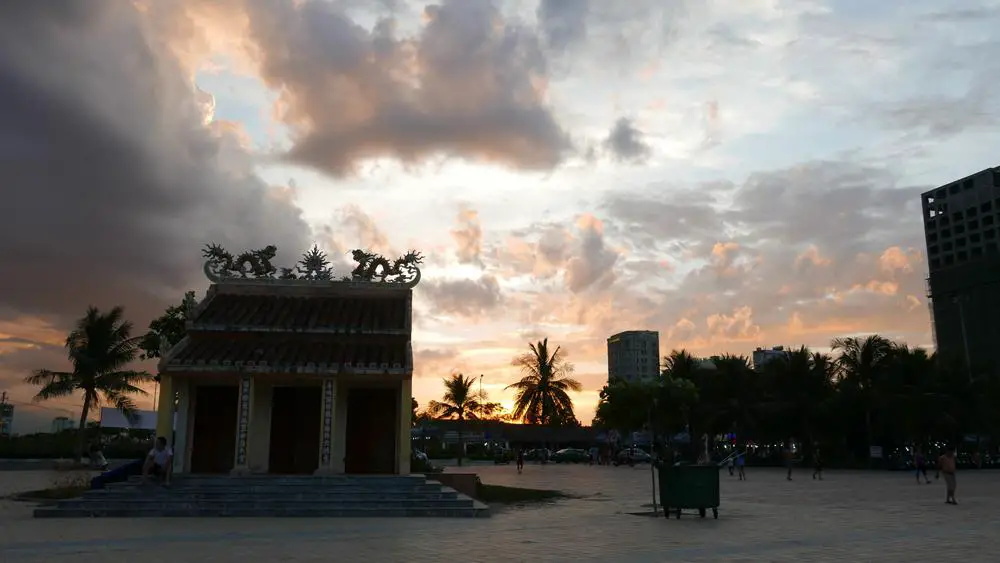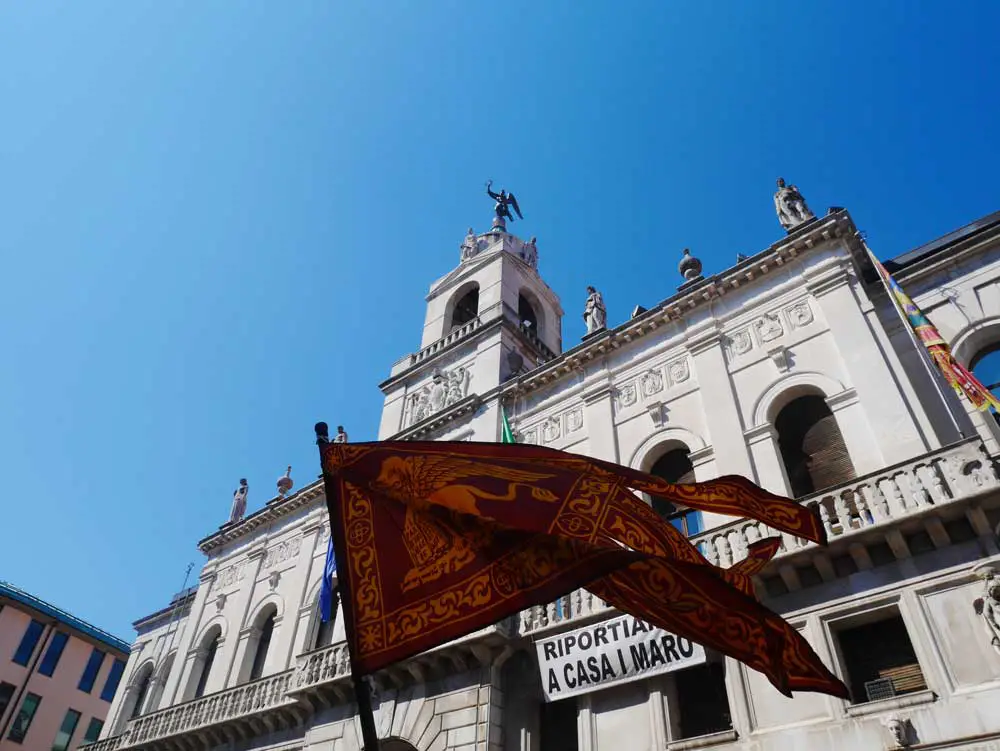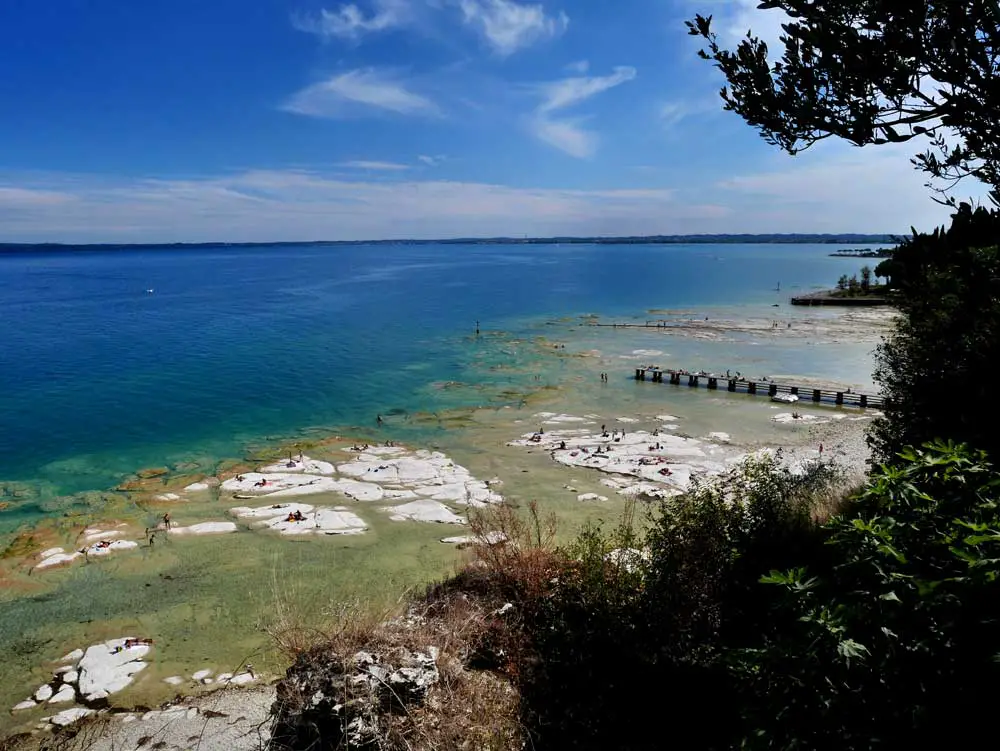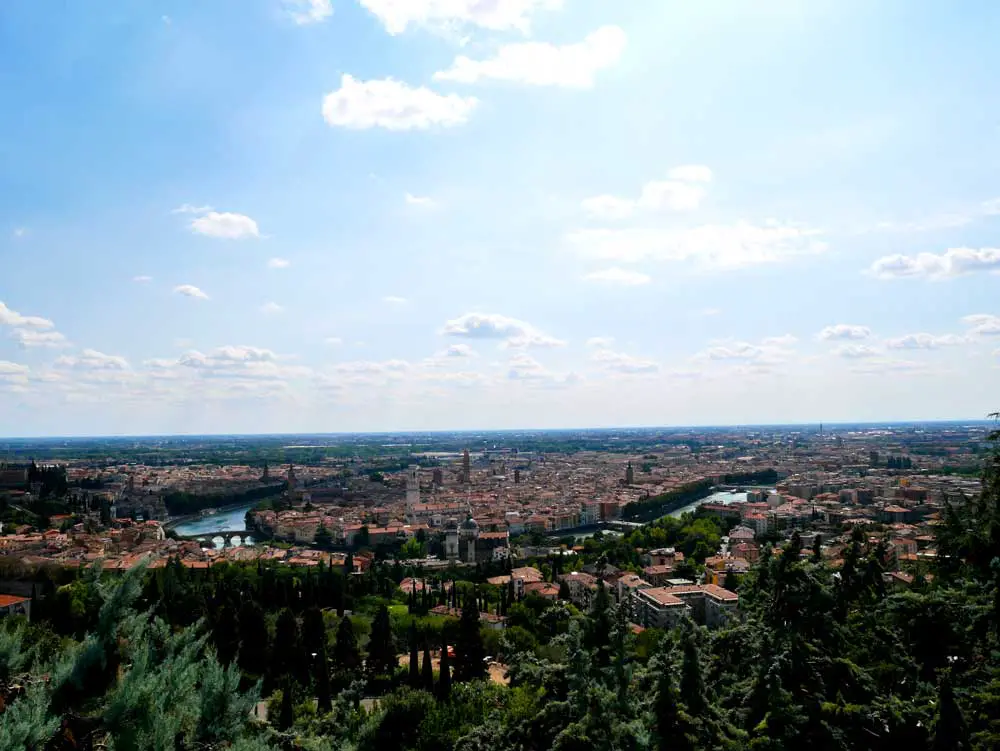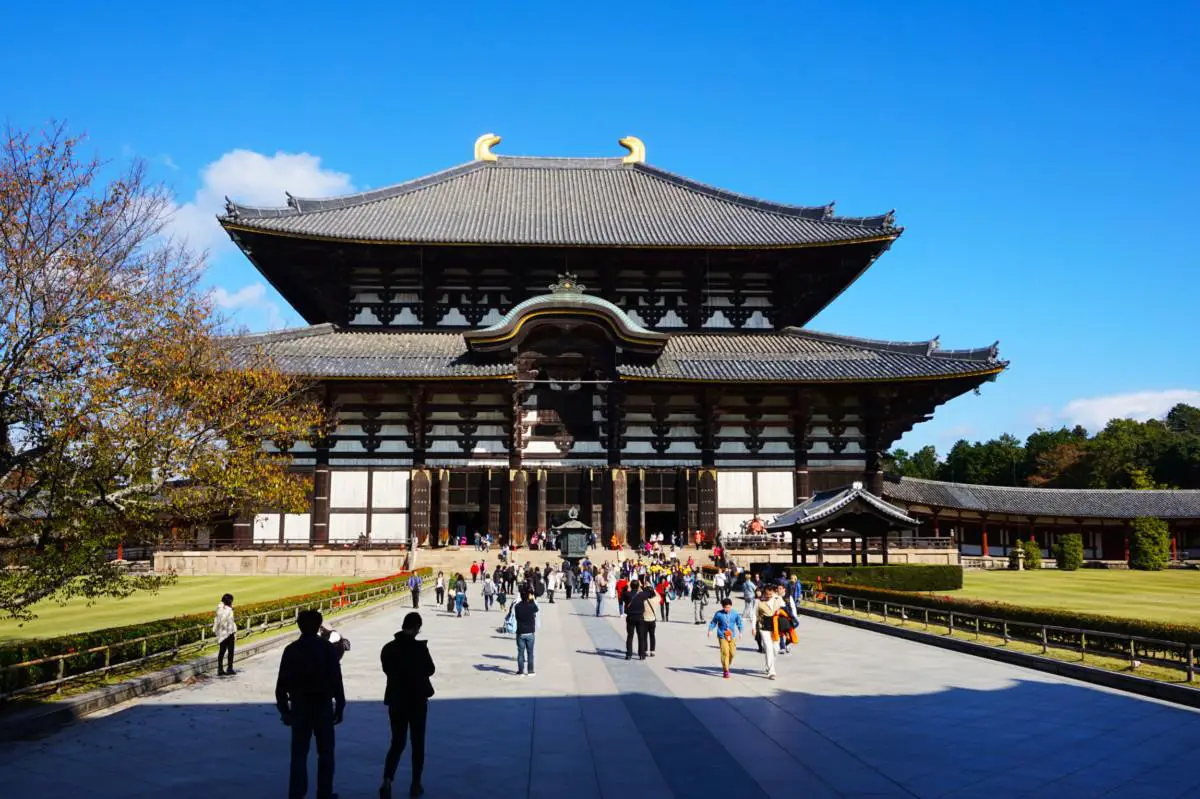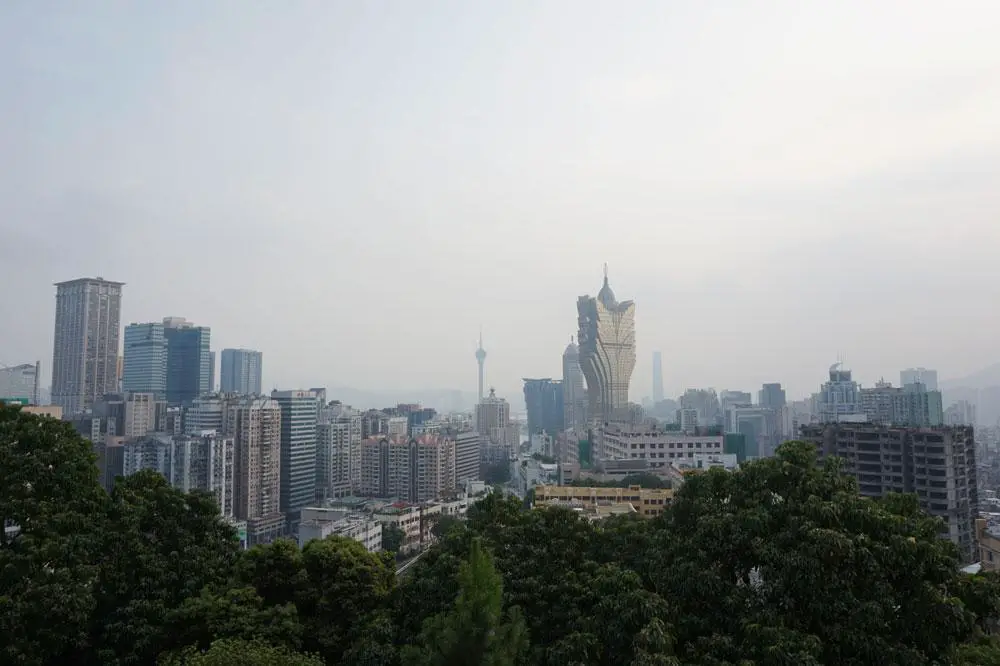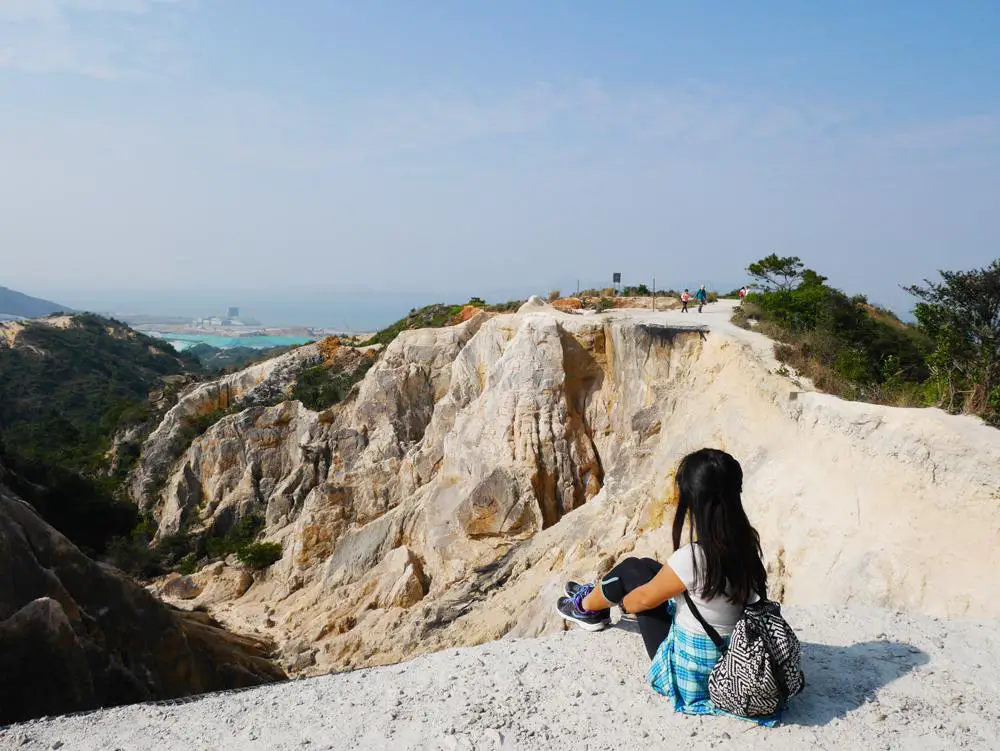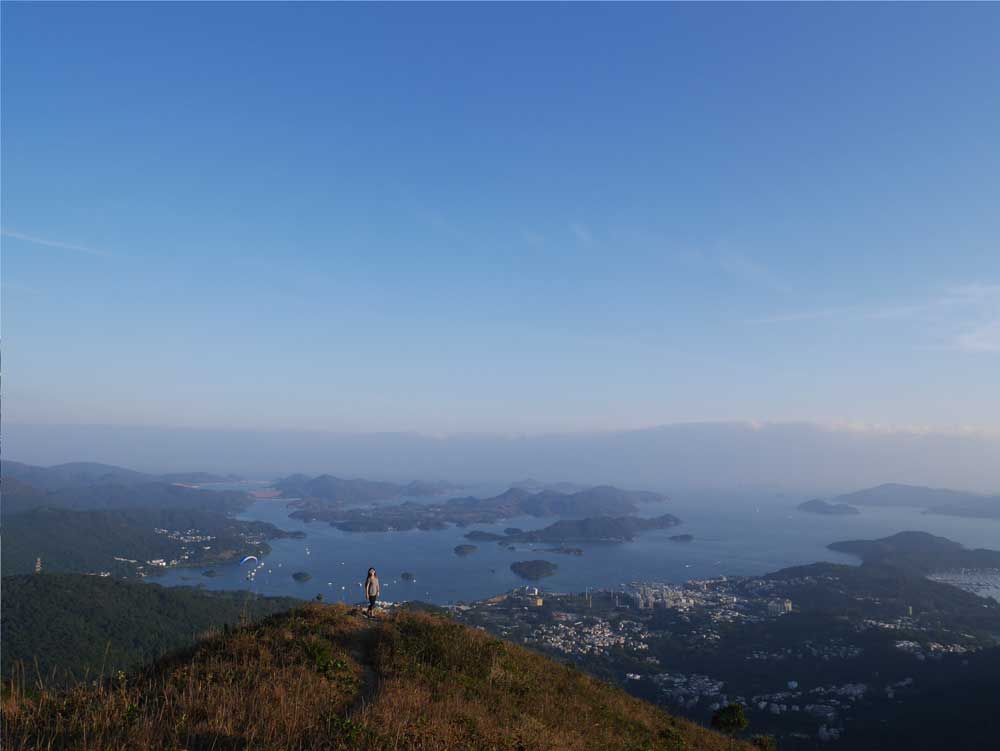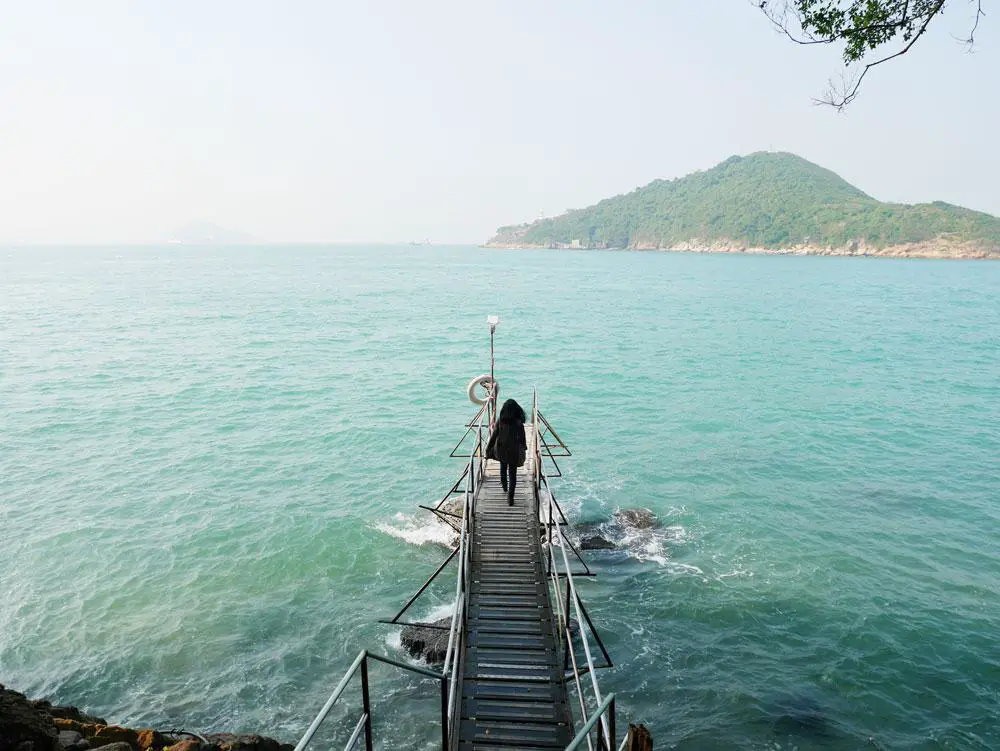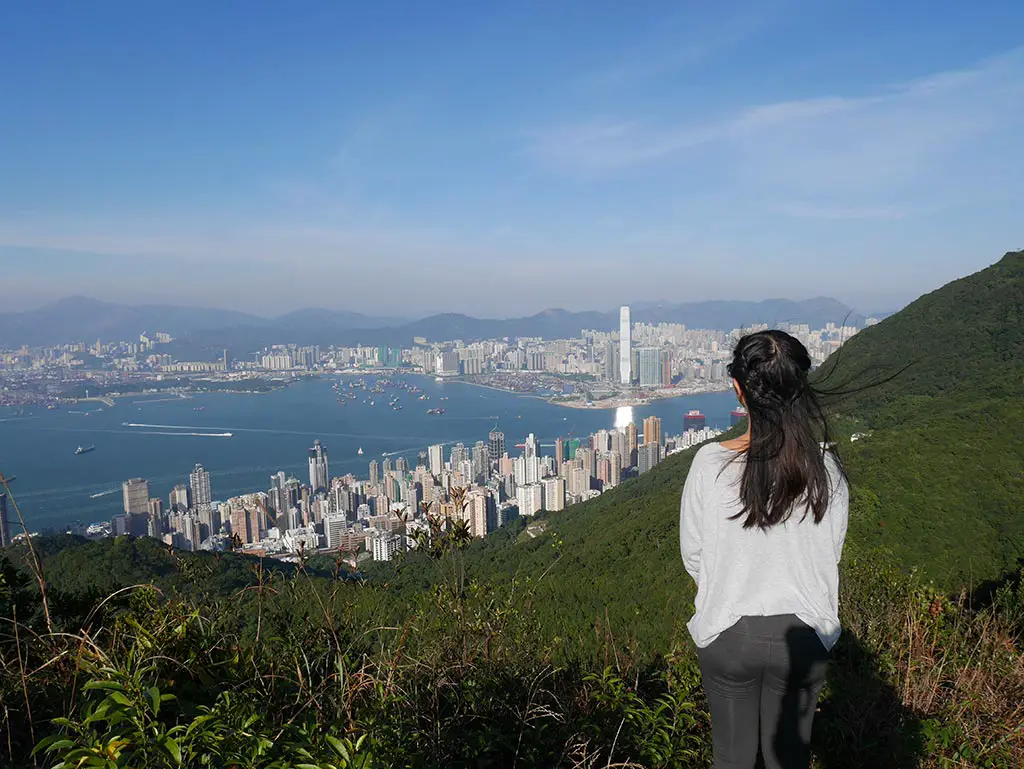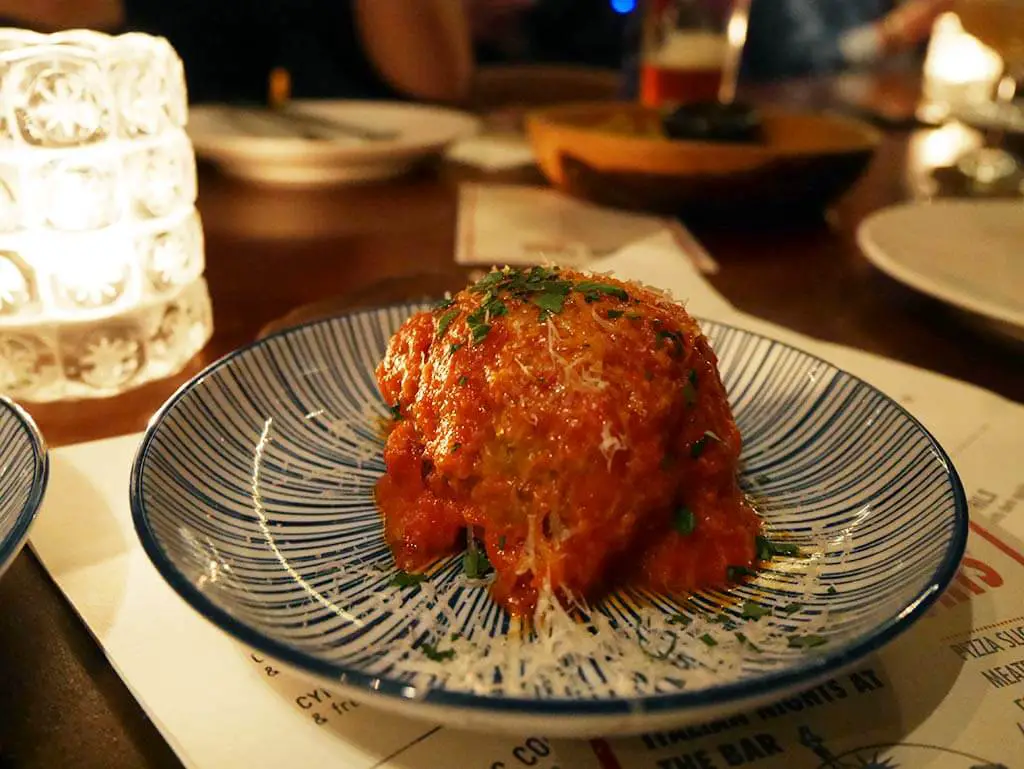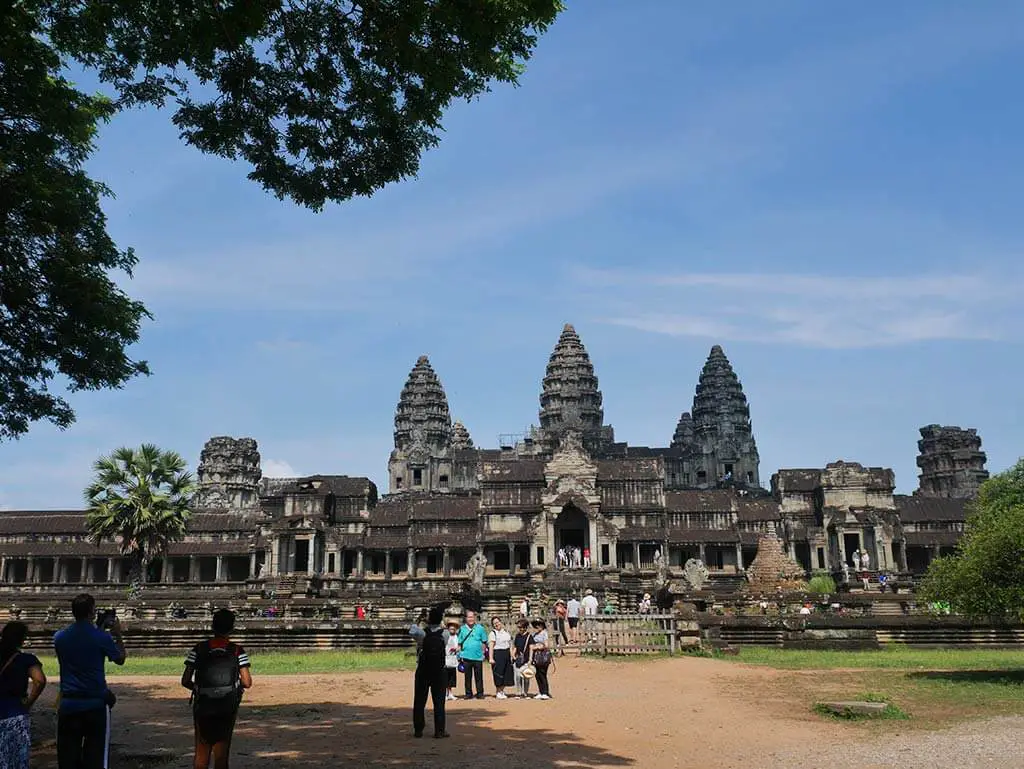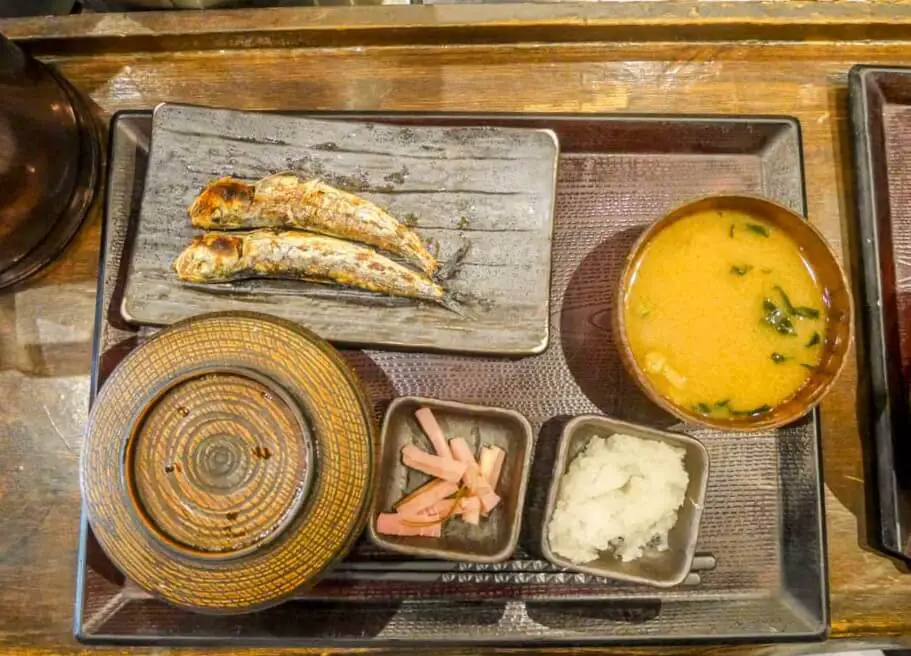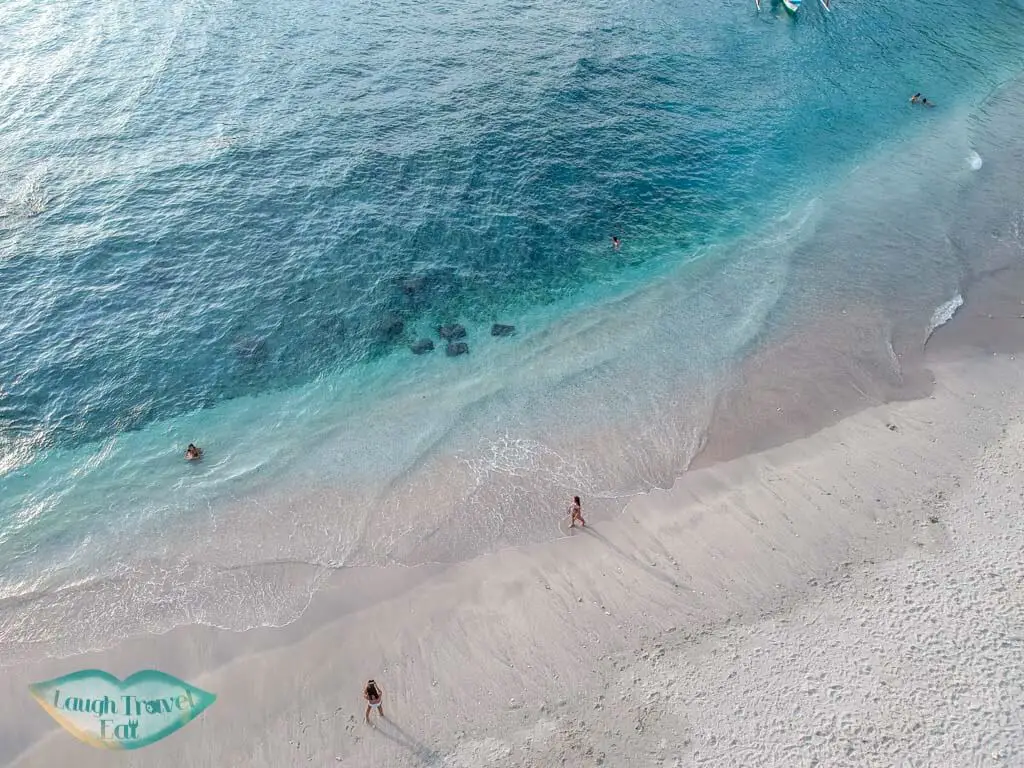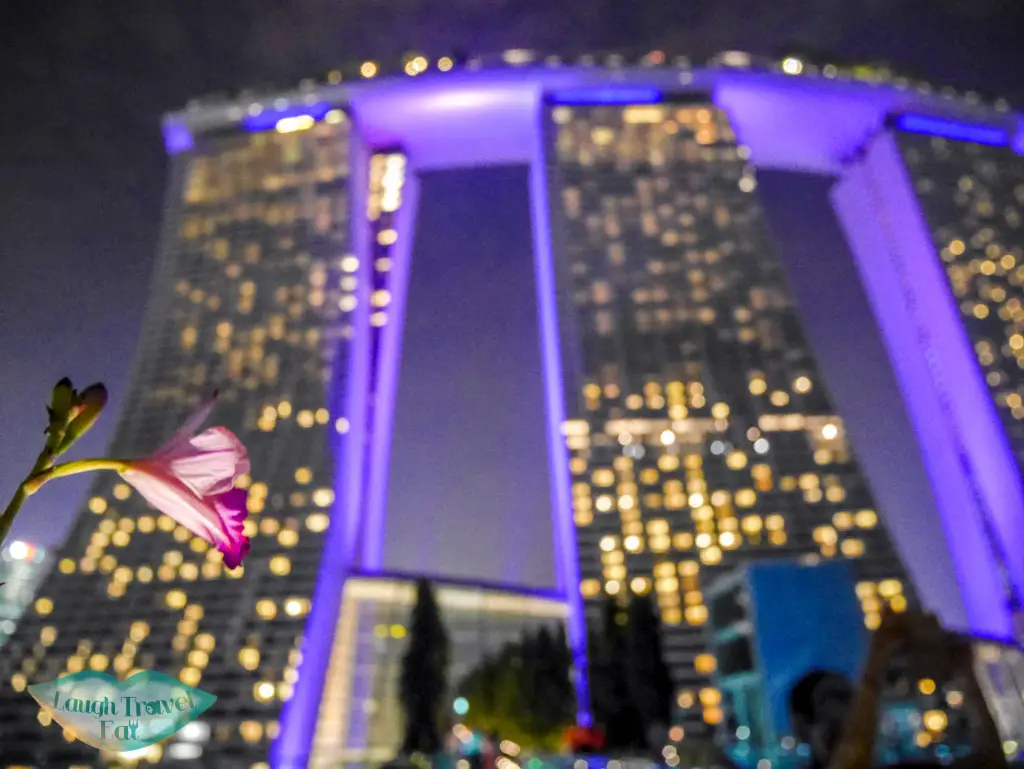A day trip to Nuremberg is arguably enough to see the historic city, who was the center of the Holy Roman Empire and home to beautiful cobblestone streets and an imperial castle. You have grand churches, historic dungeons with a dark past, serene canal, and a very walkable old town, making it an ideal day trip destination and a good alternative landing pad compared to the pricier Munich.
A short history of Nuremberg
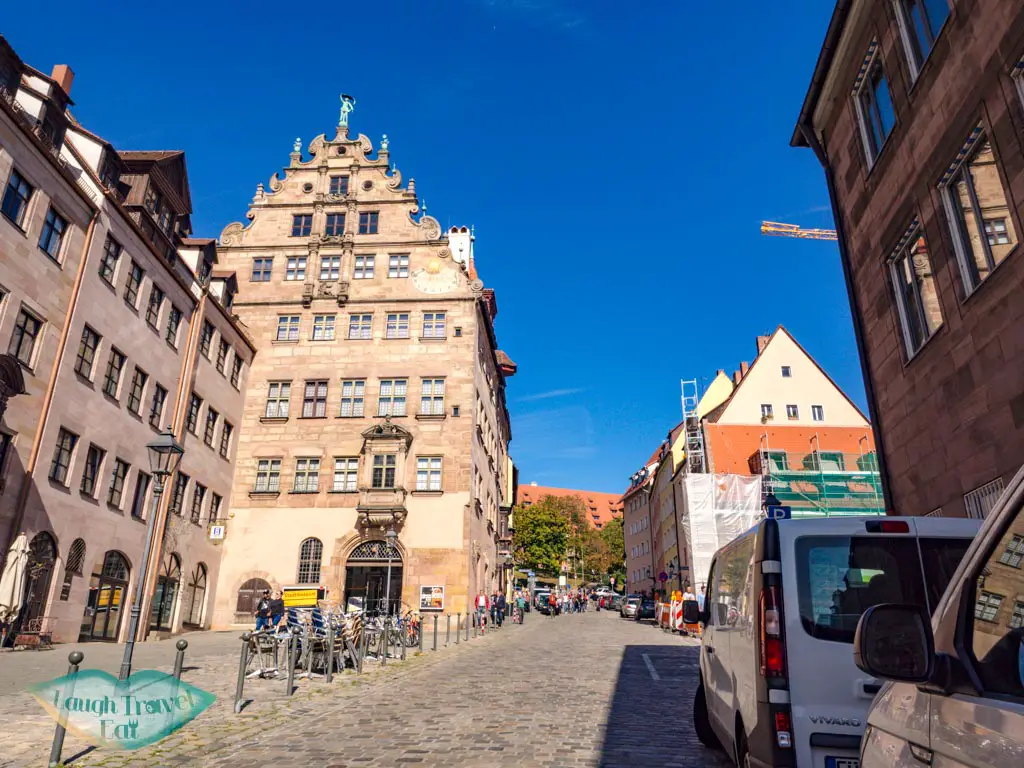
Before planning a trip to Bavaria I had only heard of Munich, the big city nearby. Little did I know that not only is Nuremberg the unofficial seat of the Holy Roman Empire during medieval times.
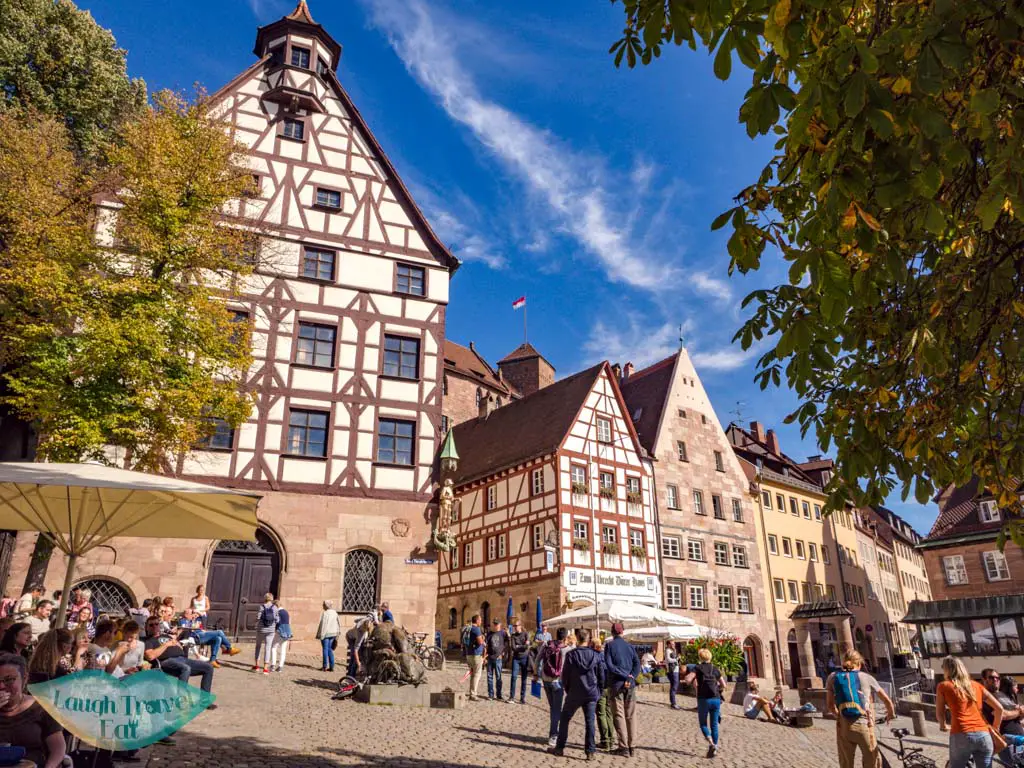
It was also used by the Nazis as one of the headquarters, most notably the Nuremberg Rallies and where they passed laws to strip away the rights of Jews. Later, it witnessed the Nuremberg Trials where Nazi officers were trialed for what they did, with numerous death sentences.
Nuremberg attractions
Nuremberg Castle
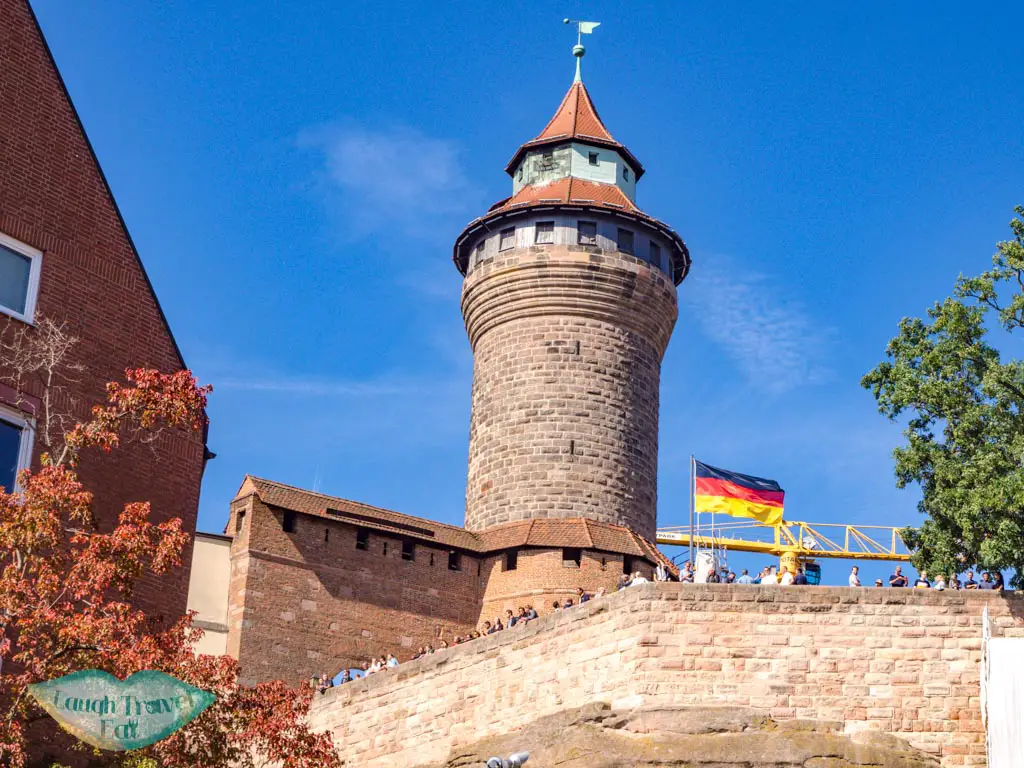
The castle complex atop the sandstone hill in Nuremberg reflect the city’s importance to the Holy Roman Empire. With the oldest part dating back to the 11th century, the complex can be split into three parts. The most notable is the Imperial Castle with the circular Sinwell Tower, which was built as the castle’s keep. Behind it are some half-timber houses that surrounds the Deep Well, which is 50 m deep and act as a water source for the castle.
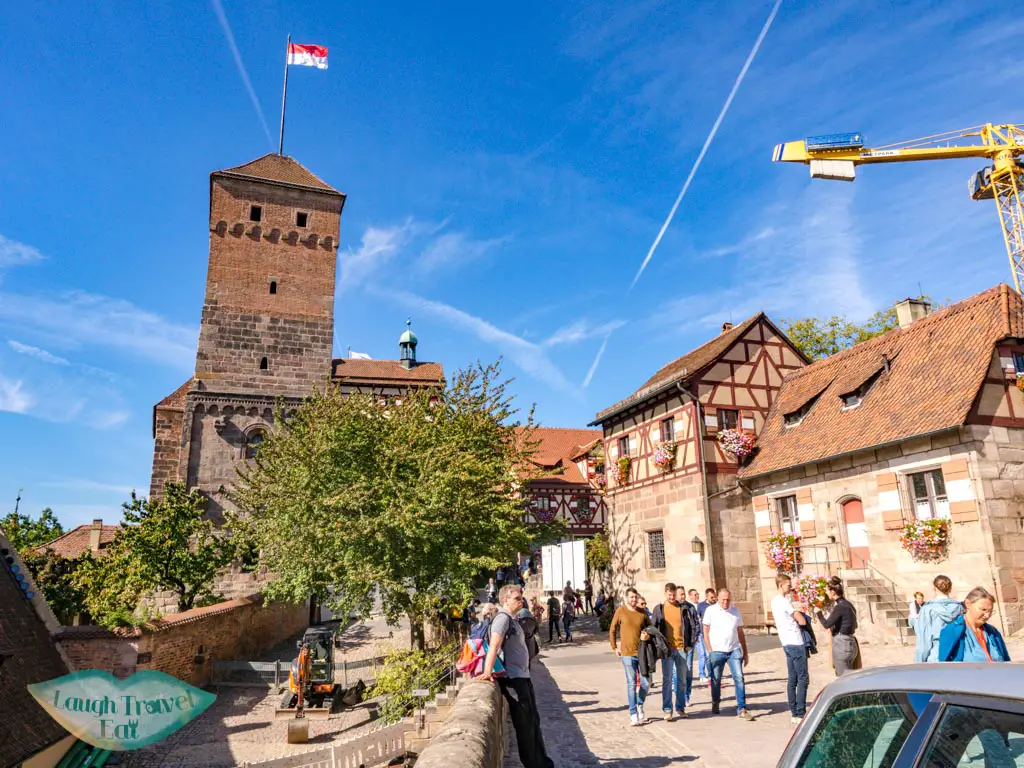
The second part – Burgraves’ Castle – is mostly destroyed in the 15th century. The third parts are the surrounding buildings which includes the Imperial Stables that is now a youth hostel!
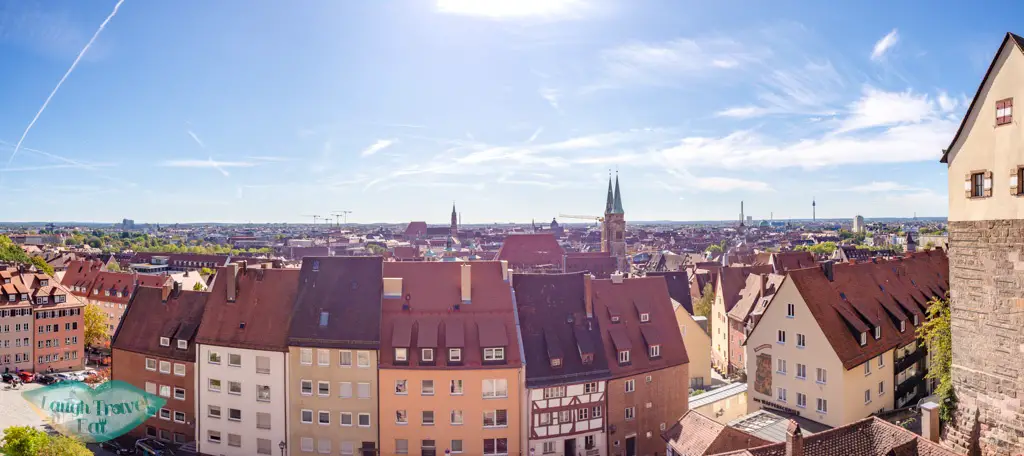
Unfortunately, most of the castle was under renovation on my visit, so I could only walk around it and see the panoramic view of Nuremberg.
The Frauenkirche, Church of Our Lady St Sebald
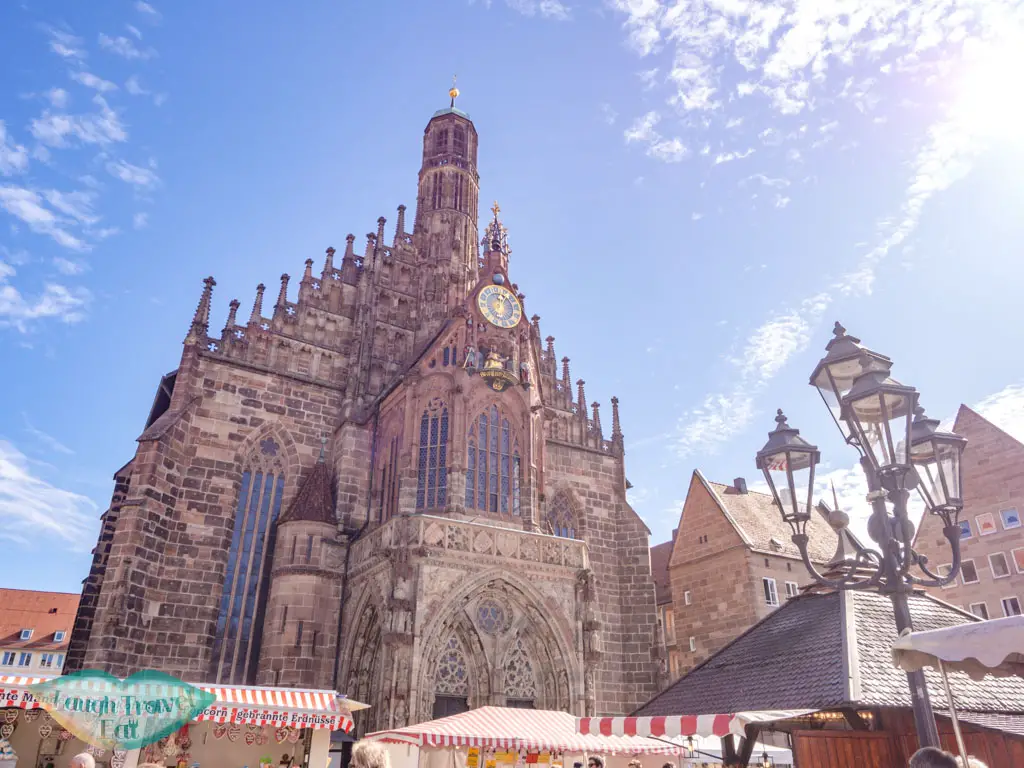
A gothic brick church with a central tower in the central square of Nuremberg, the Church of Our Lady St Sebald is a Roman Catholic church that’s famous for its clock. It was built in the mid 14th century and known as the Church of Our Lady in English. It was built under Charles IV, who passed the Golden Bull of 1356 that stricten how a Holy Roman Empire is elected.
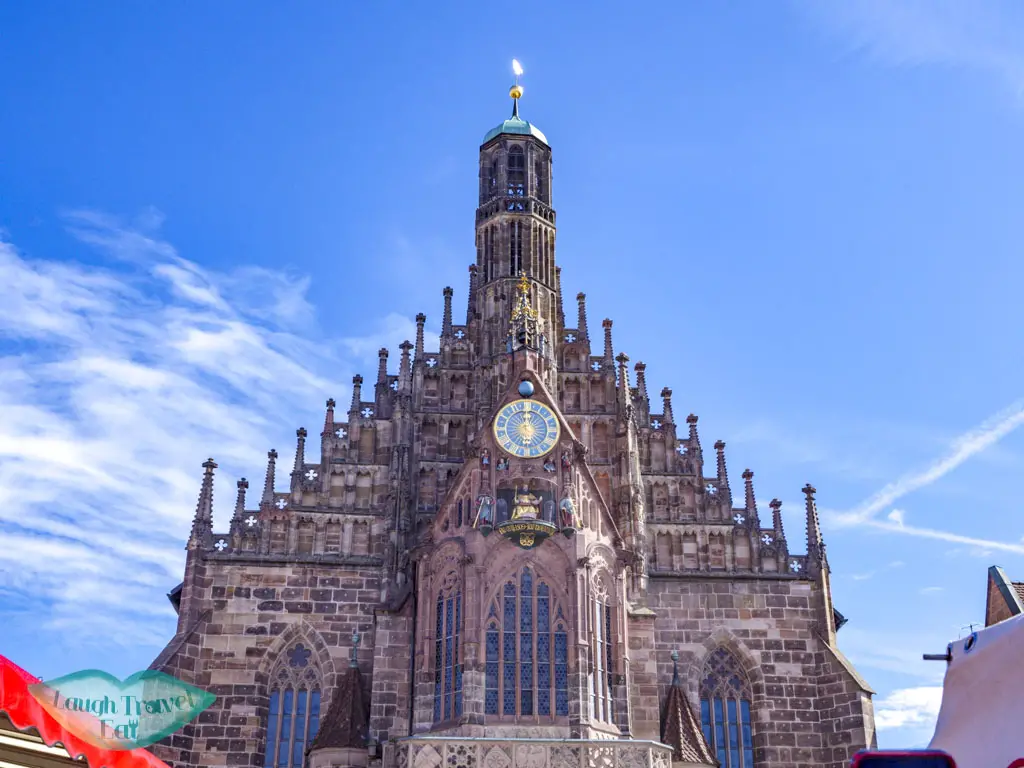
As such, the elaborate mechanical clock known as Männleinlaufen is added in the 16th century. It operates once a day at midday with a possession of trumpets and drums accompanying the prince-electors and the Holy Roman Emperor. It’s not to be missed if you are able to be there around noon.
Medieval Dungeon
The beautiful medieval town hall across from the St Sebald Sebalduskirche has a dark secret – its medieval dungeon. The Gothic town hall was built in the 14th century with land purchased from a monastery and adjacent bread house. It is the latter that became the dungeons as they raised the ground level to avoid flooding.
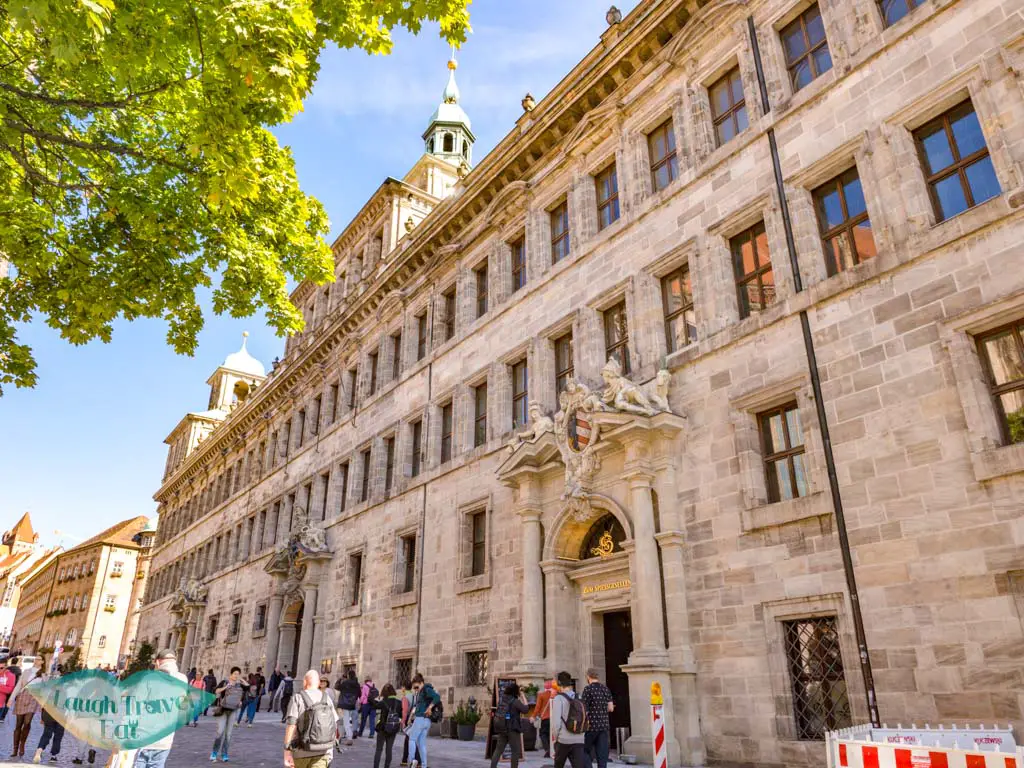
You can visit the dungeons, which consist of twelve prison cells and a torture chamber, on a guided tour only. I didn’t have enough time to pay a visit but it looks interesting!
Admission: 4 euros adult, 1.5 euros concession
Opening times: check the official webite here
Museum Bridge
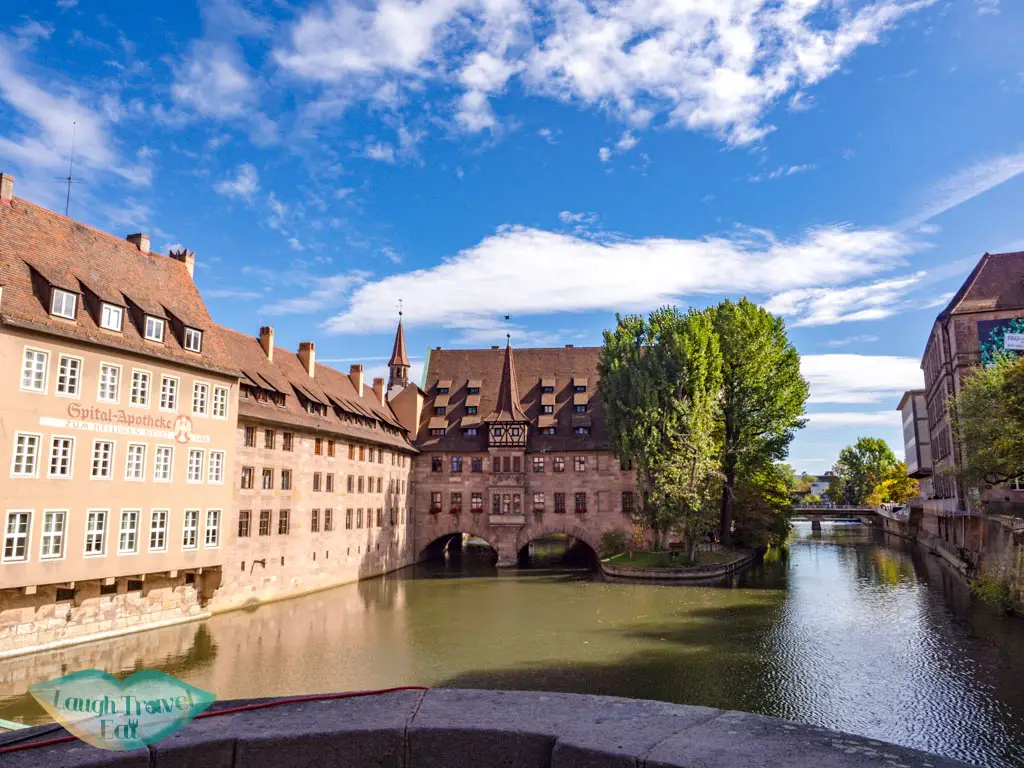
Out of the bridges that straddles Pegnitz River, the Museum Bridge is the most scenic as it is situated between two islets on the river. The sandstone bridge was built in the 13th century to replace the previous one that was destroyed.
I passed by it during my walk back to the hostel at dusk and it was a beautiful view!
Narrenschiff Fountain
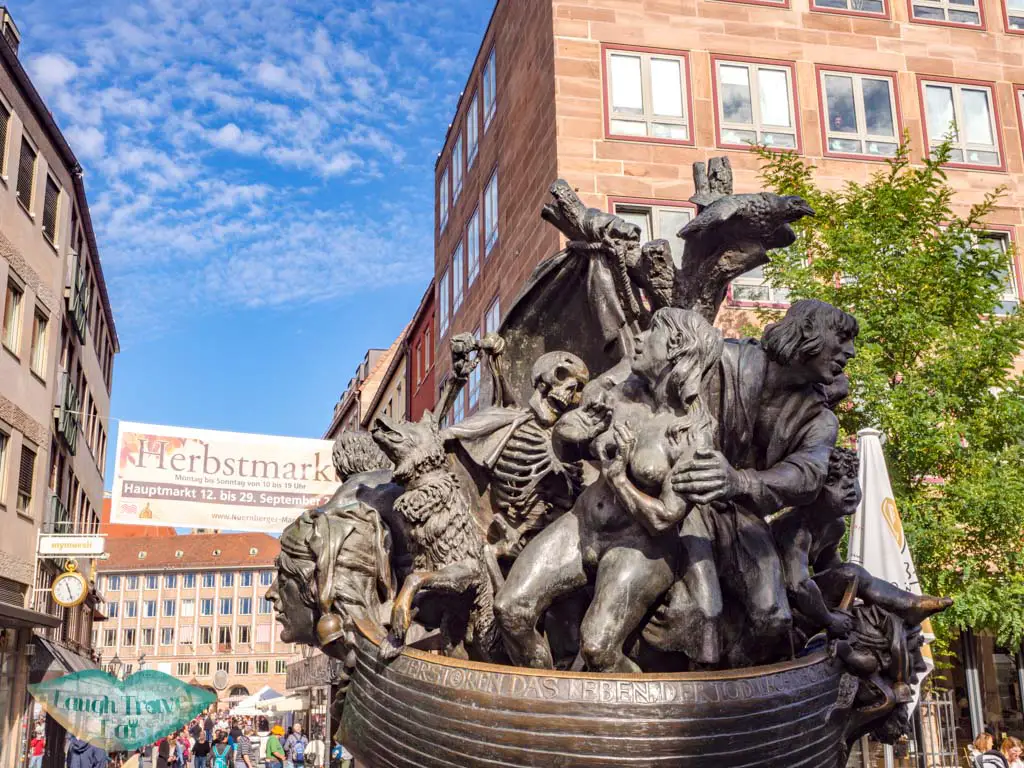
The name of the fountain in English is the Ship of Fools, built in 1988 by the German sculptor Jürgen Weber. The sculpture is based on the satire moral Das Narrenschiff by Sebastian Brant, with Adam and Eve, Cain, and other figures abroad.
Neutorturm Tower
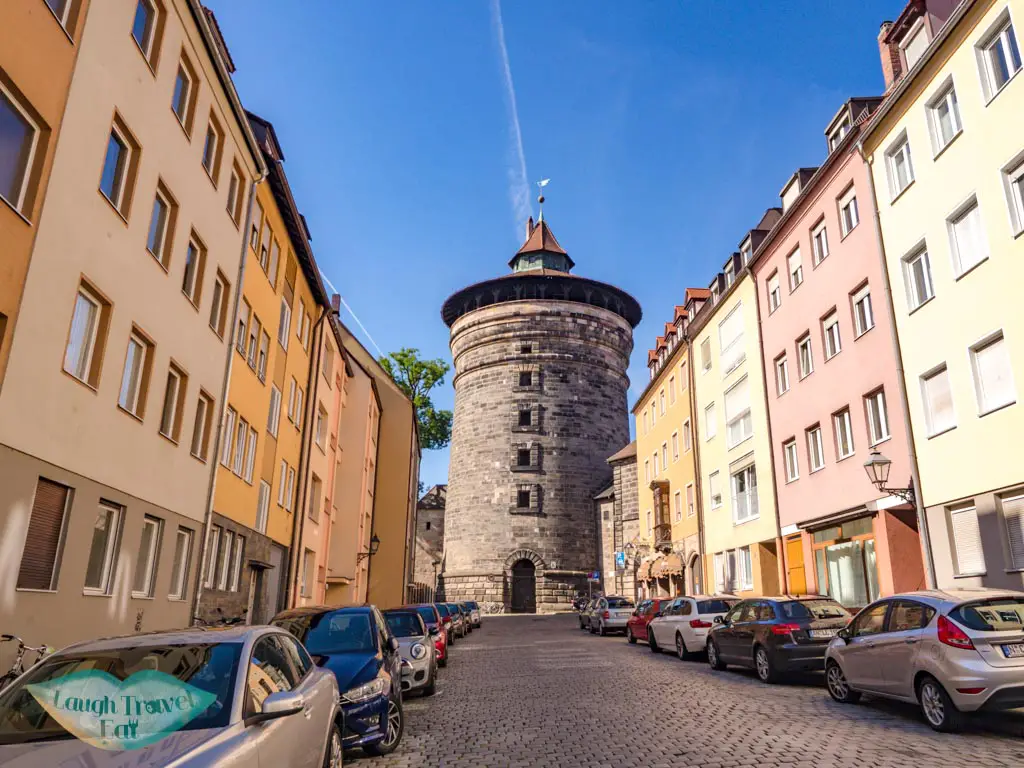
The round tower of Neutor is one of the remaining defensive towers left on the city wall of Nuremberg. This part of town is even quieter and you can admire the 14th century structure more closely.
Schoner Brunnen
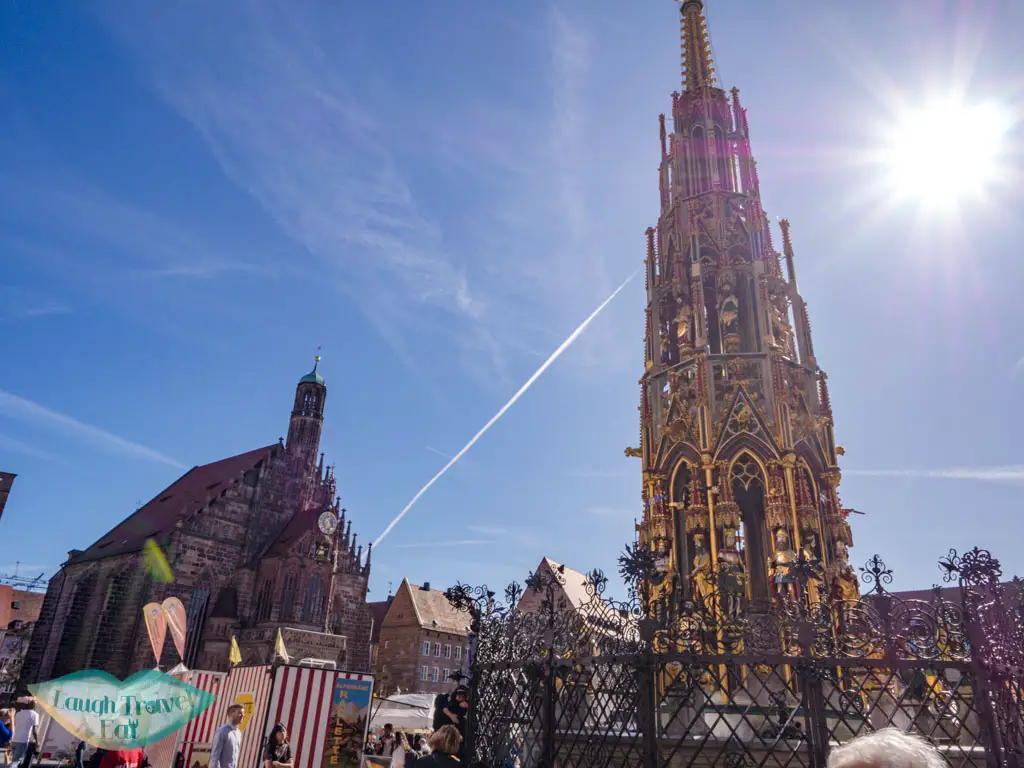
A completely different type of fountain, this is a medieval one by the main square with an ornate spire. It is adorned by 40 colouful figures that represent different values revered by the Holy Roman Empire. While it is technically a fountain, I didn’t see any water.
St Elisabethkirche and St Jakob
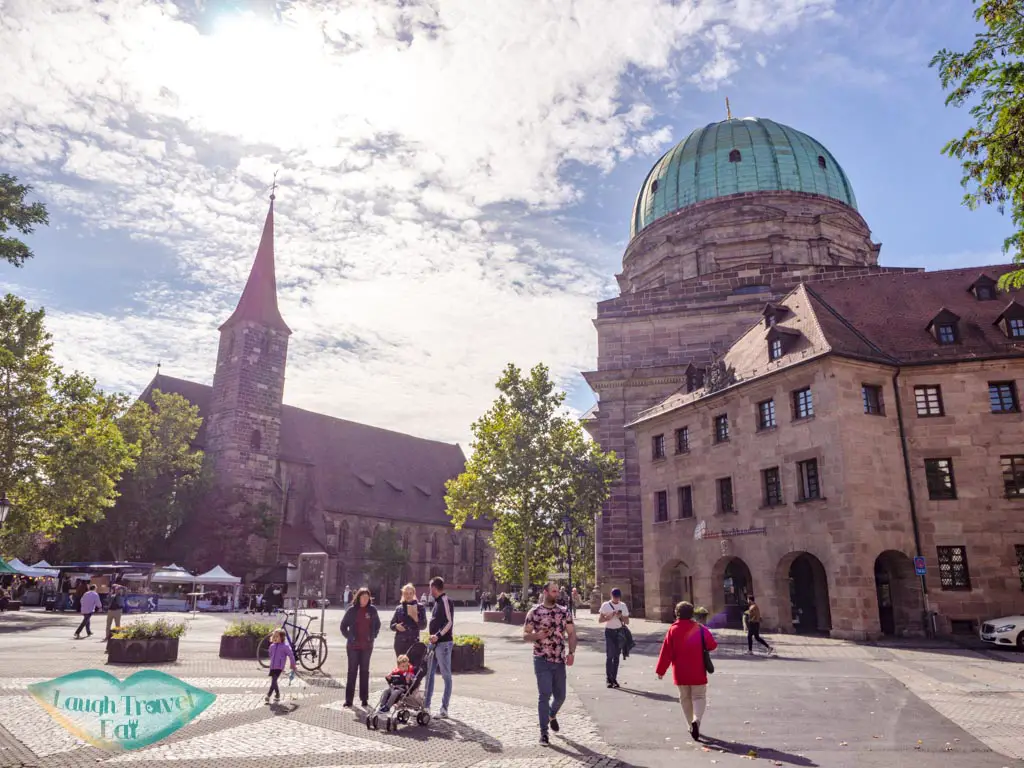
The circular dome church of St Elisabethkirche and the nearby gothic St Jakob are both churches of the Teutonic Order. St Elisabethkirche remains the only Roman Catholic
St Lorenz Church
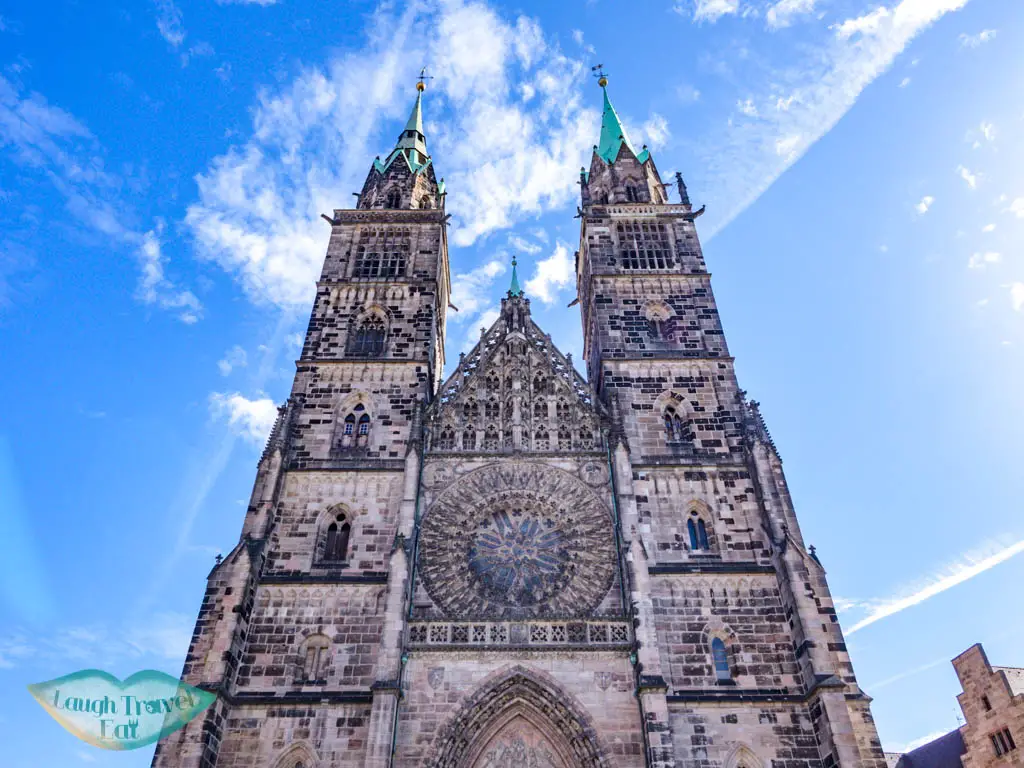
Standing at 91.2m tall, St Lorenz Church in the southern part of the old town is hard to miss with its two towers. The gothic church took two centuries to complete and was finally completed in the 15th century.
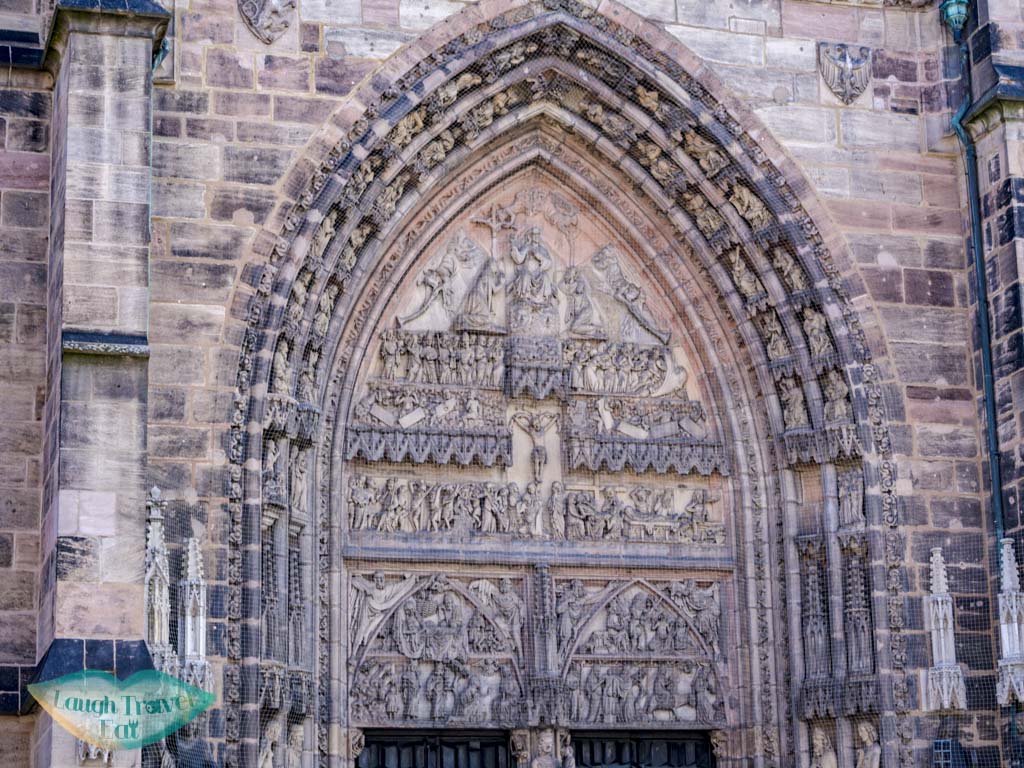
The western facade and the main entrance is carved intricately with a stunning rose window. There are three organs inside the church and you might just be treated to a free organ concert! The church was partially destroyed during WWII but reconstructed.
St Sebald Sebalduskirche
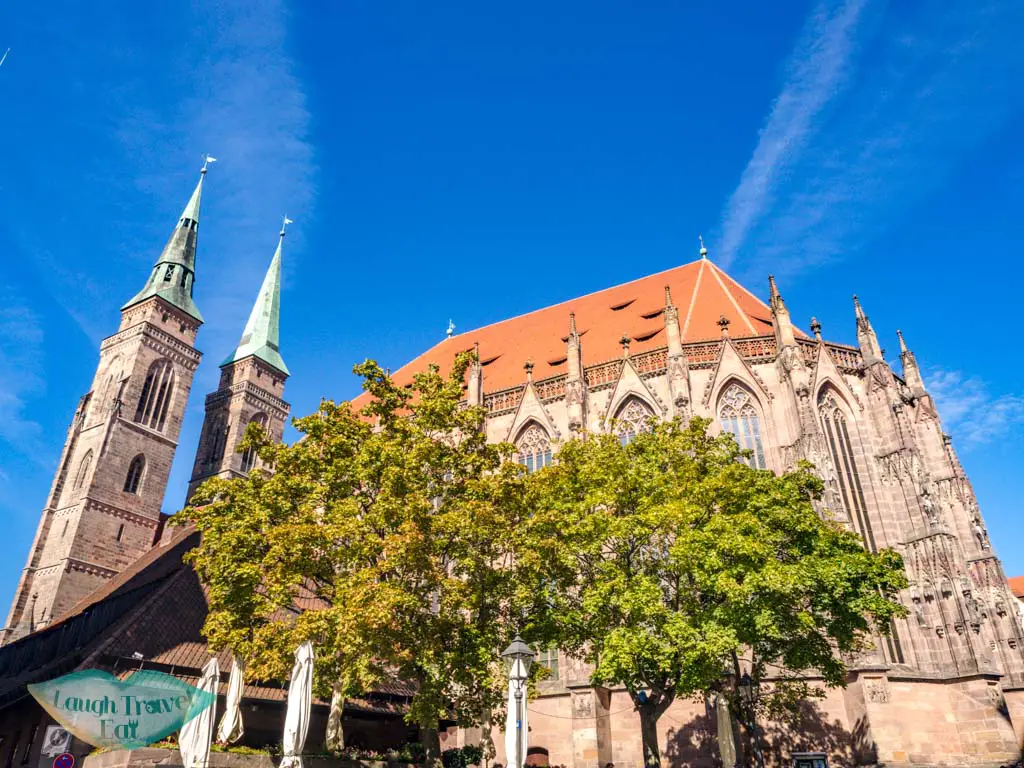
Out of the three big churches in Nuremberg, St Sebald Sebalduskirche is the oldest, dating back to the 13th century. It is also larger than the other two with orange tiled roof and two towers.
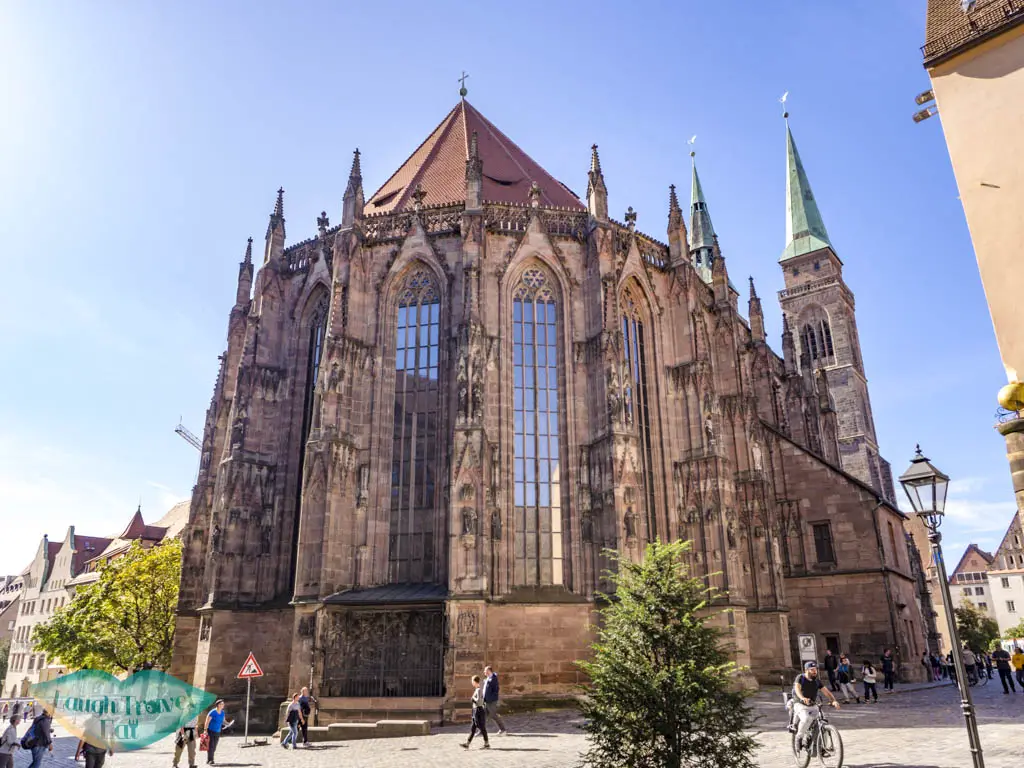
It was built in the Romanesque style but renovated many times, with the addition of the towers in the 15th century. While it was built as a Catholic Church, it now serves the Lutheran church.
The Way of Human Rights
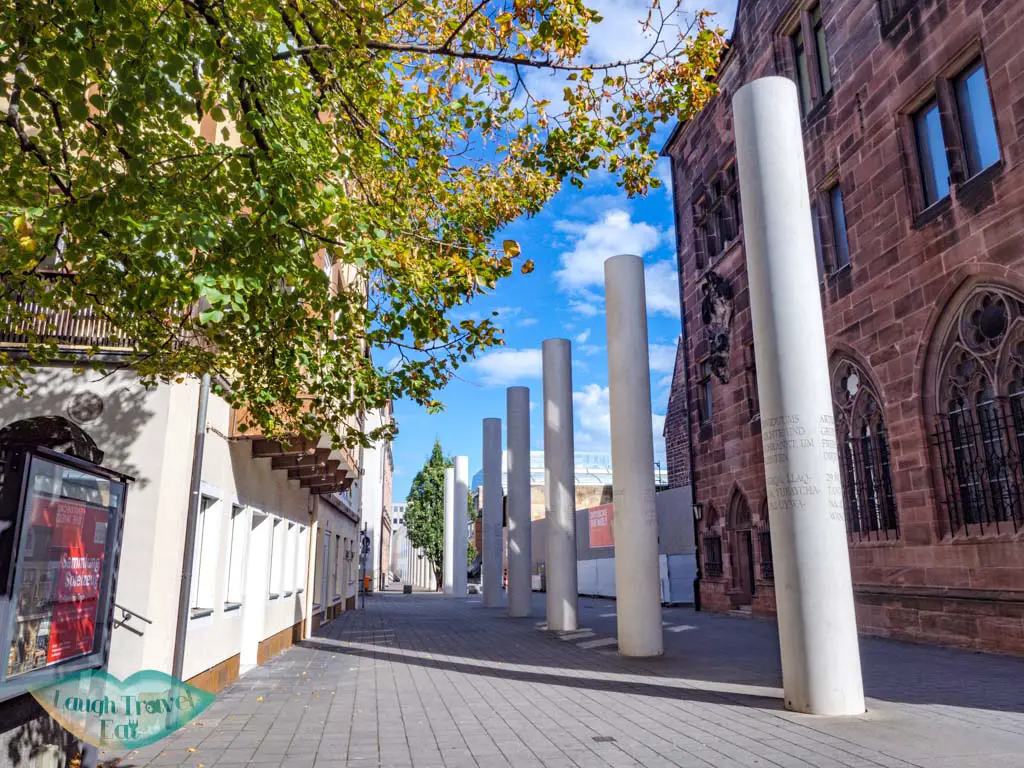
A series of round concrete pillars that stretches along the Kartäusergasse was built in 1993. It was an effort to refresh the image of Nuremberg away from the Nazi Rallies and the design is by the Israeli architect Dani Karavan, who won the competition for the installation.
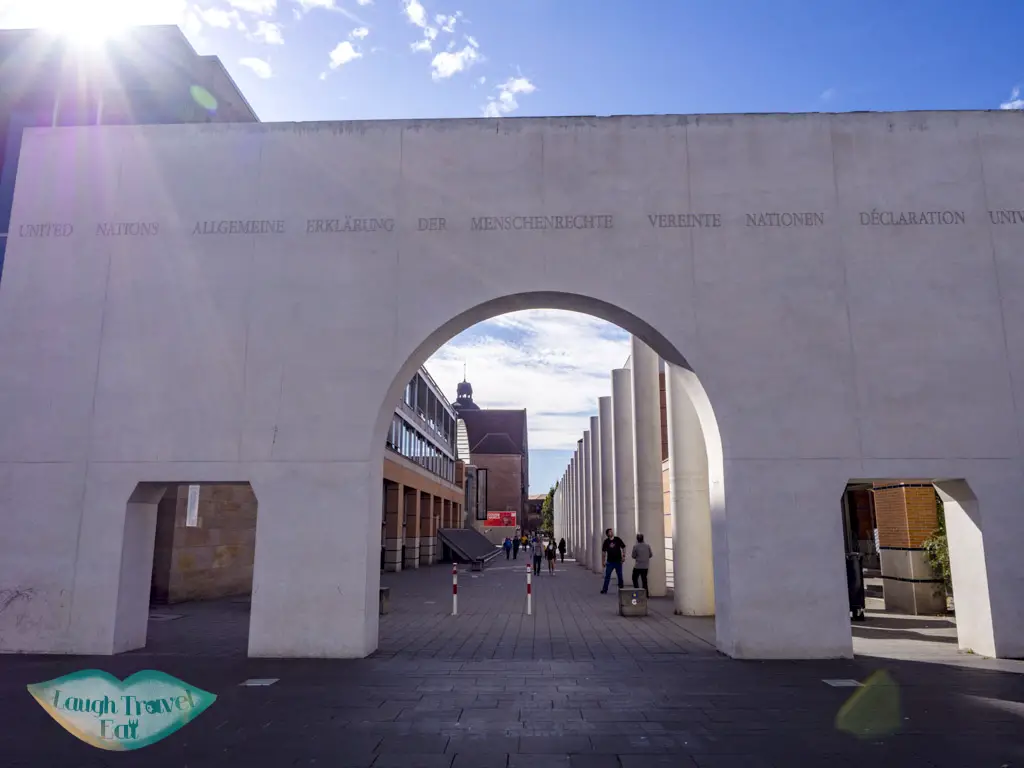
Each column has an extract from the Universal Declaration of Human Rights in various languages. It makes for a striking contrast with the historic buildings and it’s right by the city wall.
Weisser Turm
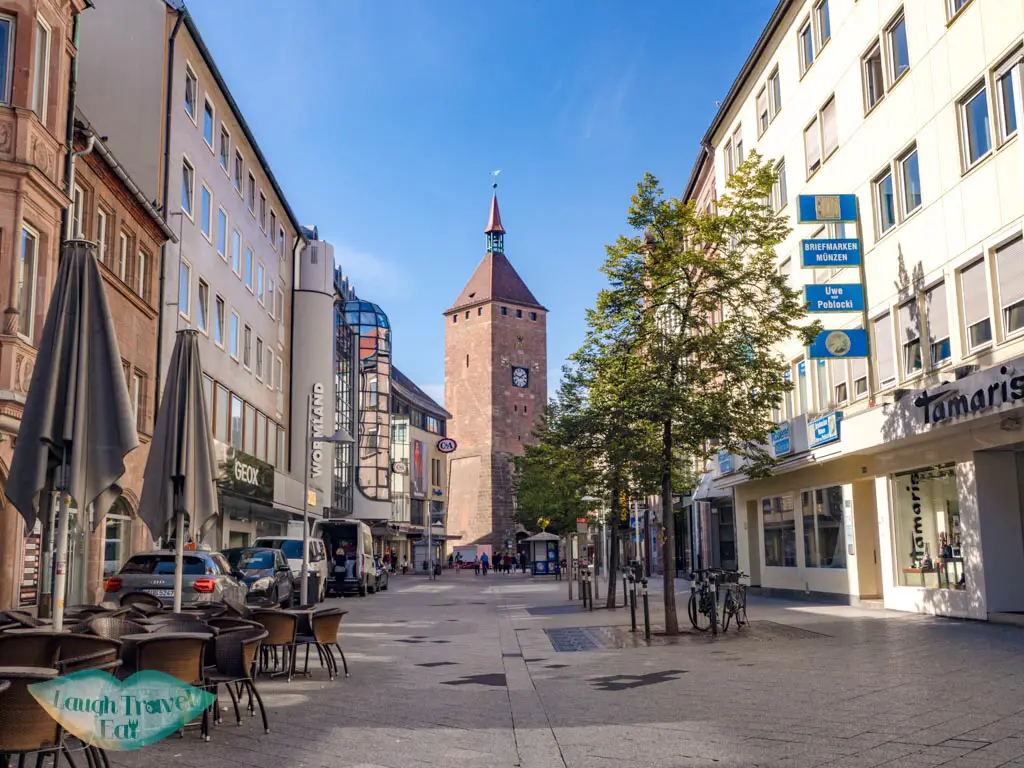
The White Tower in English, it’s near the St Elizabeth and St Jakob Church. It was a toll both for the inner city wall that had since been demolished. It’s called the white tower because of the masonry plaster that was used in medieval times. It is now one of the exits for the metro stop of the same name!
Weissgerbergasse
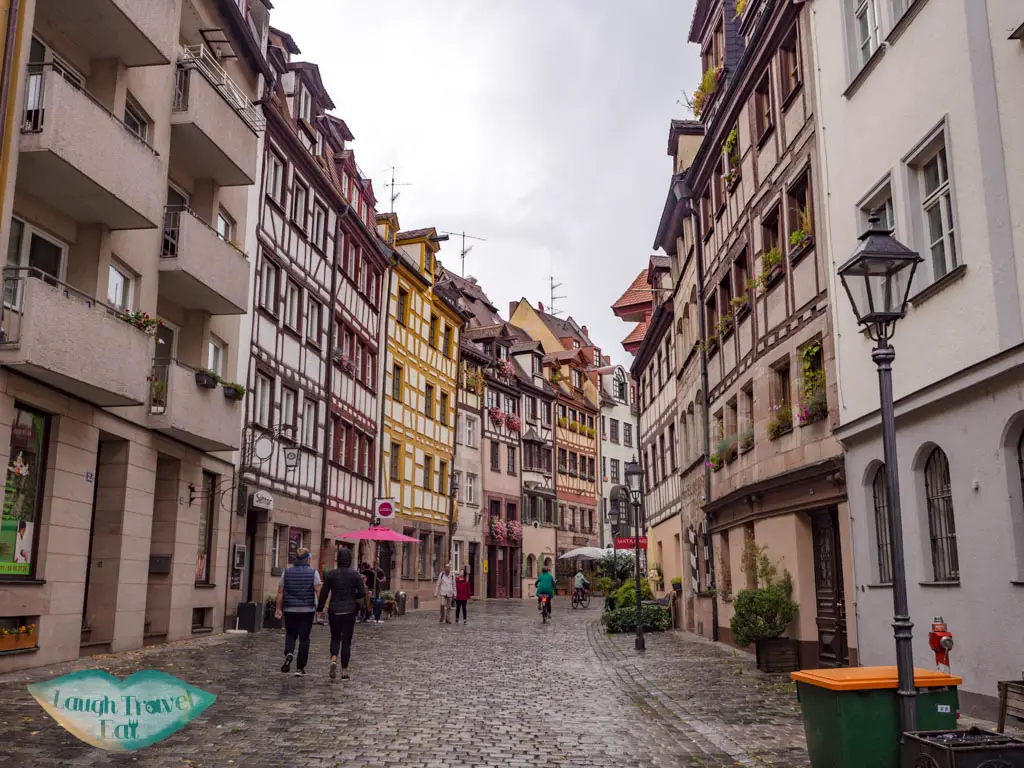
Whilte it’s not a historical sight, Weissgerbergasse is a curved alleyway with colourful houses, making it a photo hotspot. Do be careful when taking photos, since the road allows cars to drive through.
Where to eat in Nuremberg
I only had a day in Nuremberg, so I only get to eat two meals! Here’s what to eat.
Nuremberg Sausage
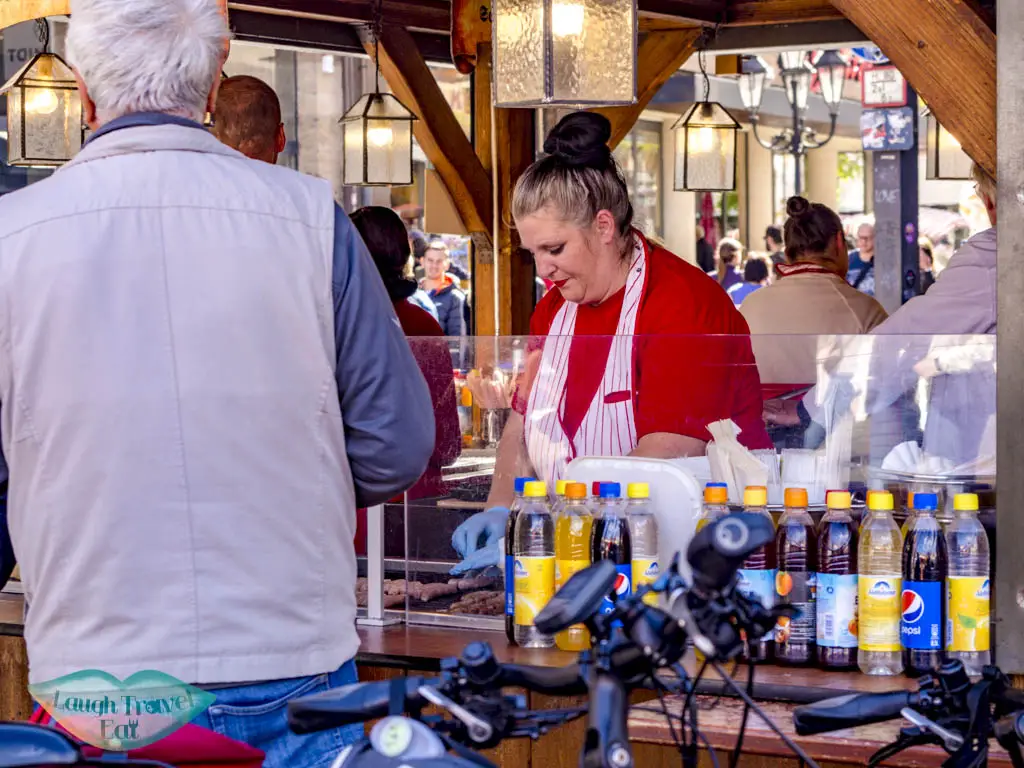
Nuremberg is famous for its sausages which are smaller in both size and length to the average German Bratwurst. It is said that this is done so that the sausages can fit through the keyholes of locked homes during the plague.
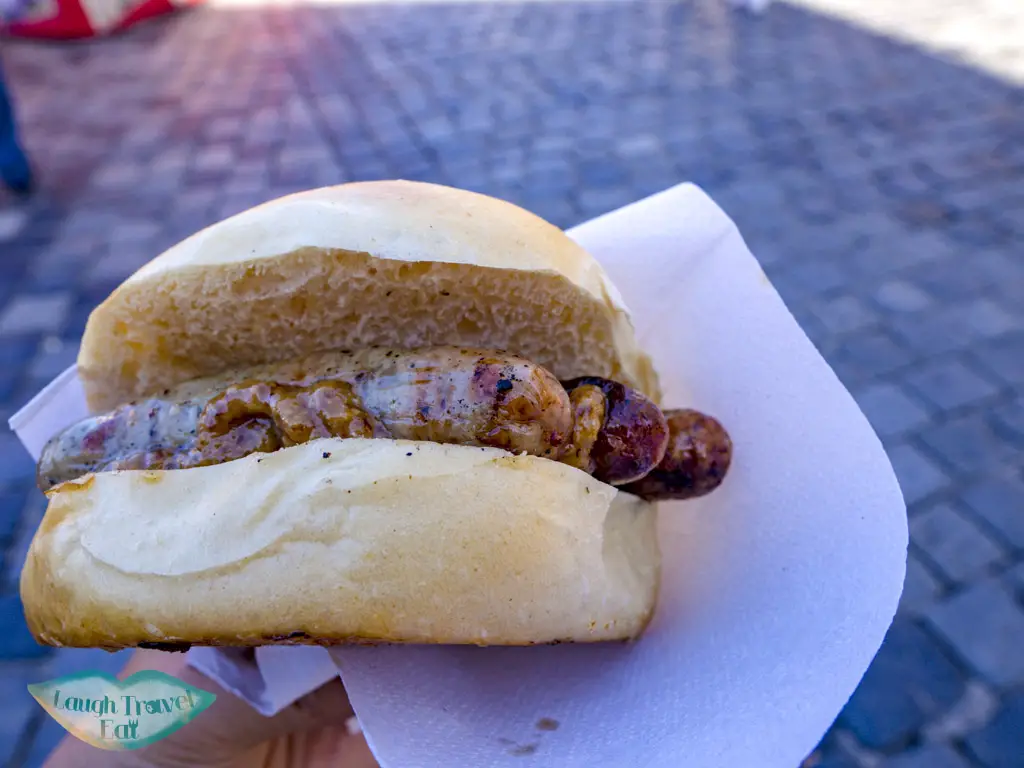
You can find it at the market in the main square, where I grabbed a hot dog with Nuremberg sausage for lunch. Definitely pile on the mustard, the standard condiment to eat the sausage with, since it’s quite dry otherwise!
If you don’t want to grab it at the market or fancy somewhere to sit down, then head to:
Bratwursthausle bei St Sebald
Right by the St Sebald Church, this is the place to try Nuremberg sausage, it just so happened that they weren’t open as I visited on a Sunday.
Address: Rathauspl. 1, 90403 Nürnberg, Germany
Opening times: Mon – Sat 11:00 – 22:00
Alte Kuch’n
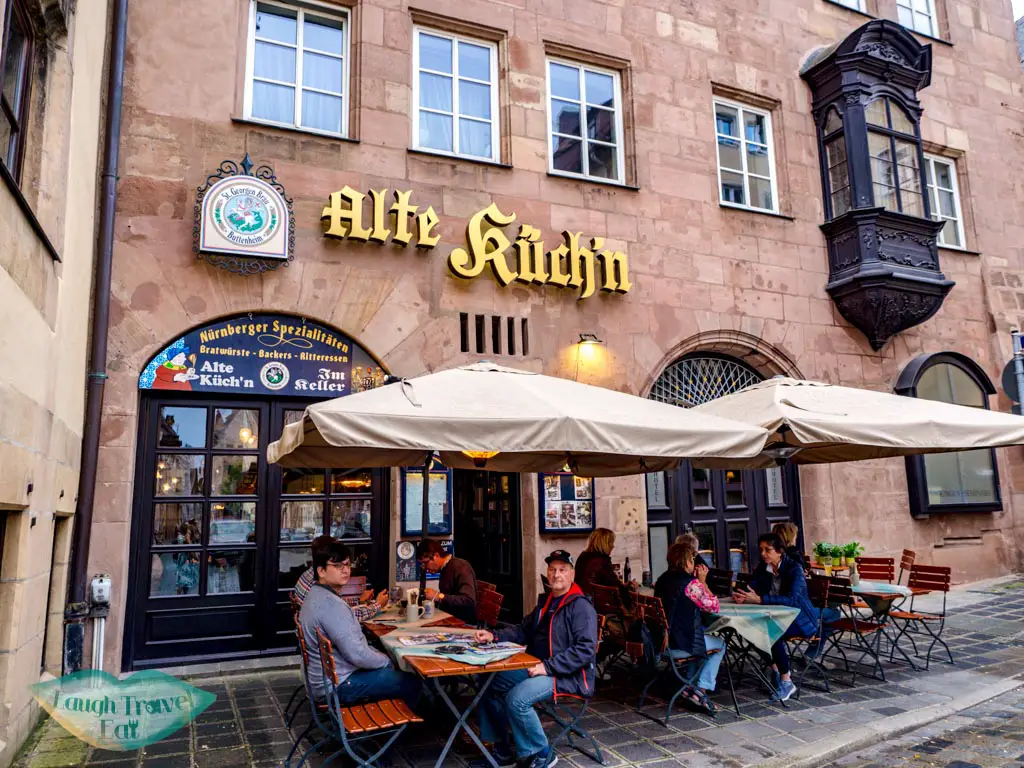
One of the highly recommended restaurants in Nuremberg, I managed to squeeze in as a solo diner without reservation. The prices, for southern Germany, is not bad with very good portion size. I had the pork knuckle and almost didn’t finish the whole dish!
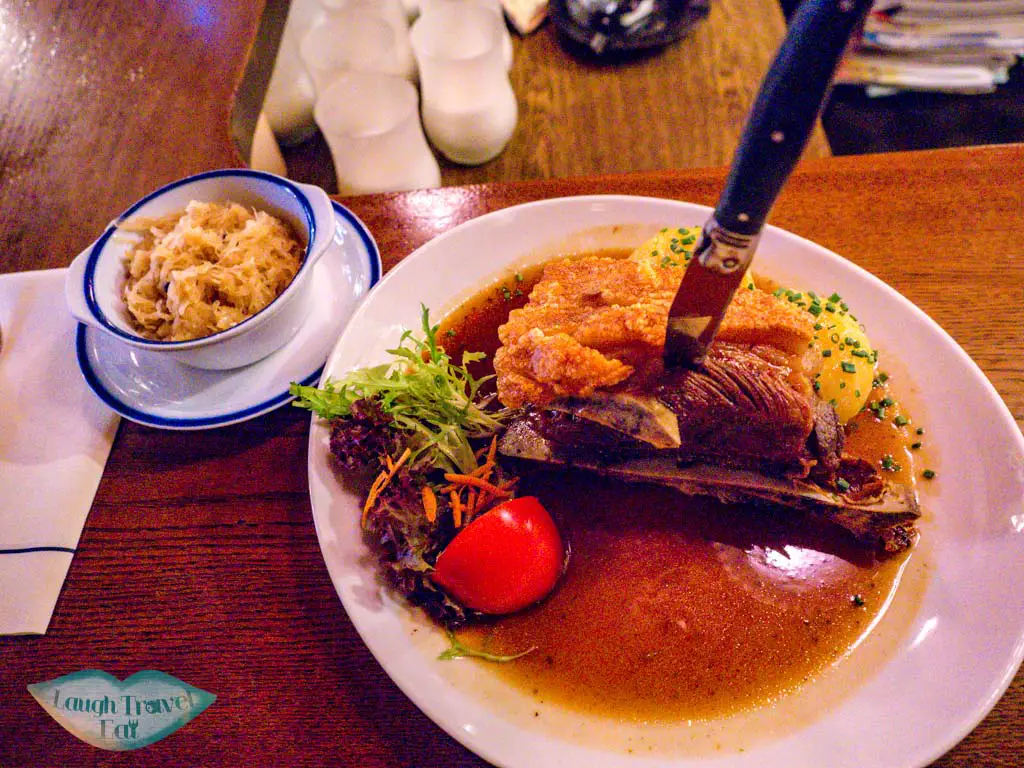
Address: Albrecht-Dürer-Straße 3, 90403 Nürnberg, Germany
Opening times: Mon – Fri 17:30 – 1:00; Sat – Sun 11:30 – 1:00
Where to stay in Nuremberg
I ended up staying at Nuremberg instead of Munich because the prices during Oktoberfest is through the roof! I’m very glad that it prompted me to stay here because I really enjoyed the
Budget: Five Reasons Hostel and Hotel
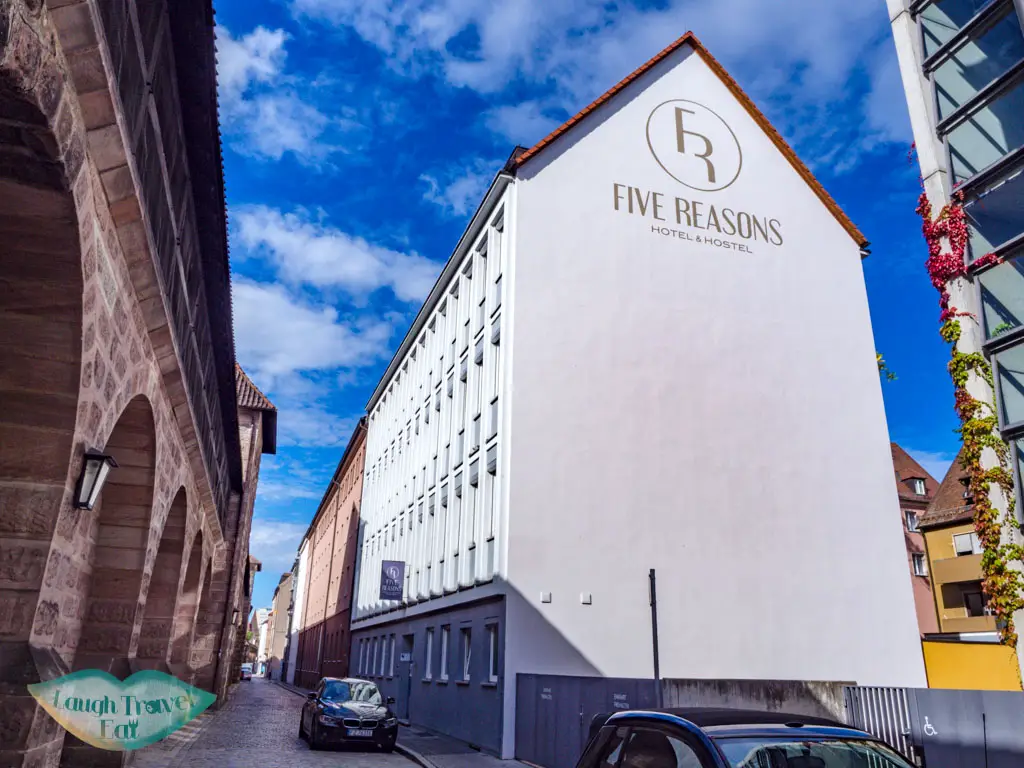
Less than ten minutes from the train station on the edge of the old town wall, Five Reasons Hostel and Hotel is ideally located. It’s clean, spacious, and has both dorms and private rooms. I stayed at their female dorm and love that there is a table in the middle of the room, though there is only two showers per floor.
Mid-range
For somewhere closer to the river and city center, Hotel Fackelmann has great basic rooms with all the amenities. Bruderherz is near the train station in a historic brick building completed with a terrace. The rooms looks modern with some exposed brick and very spacious.
Splurge
Hotel dasPaul offers great modern rooms by the river not far from the main market square with suite option as well. Adina Apartment Hotel Nuremberg is a good choice for those who are looking to cook themselves with plenty of space.
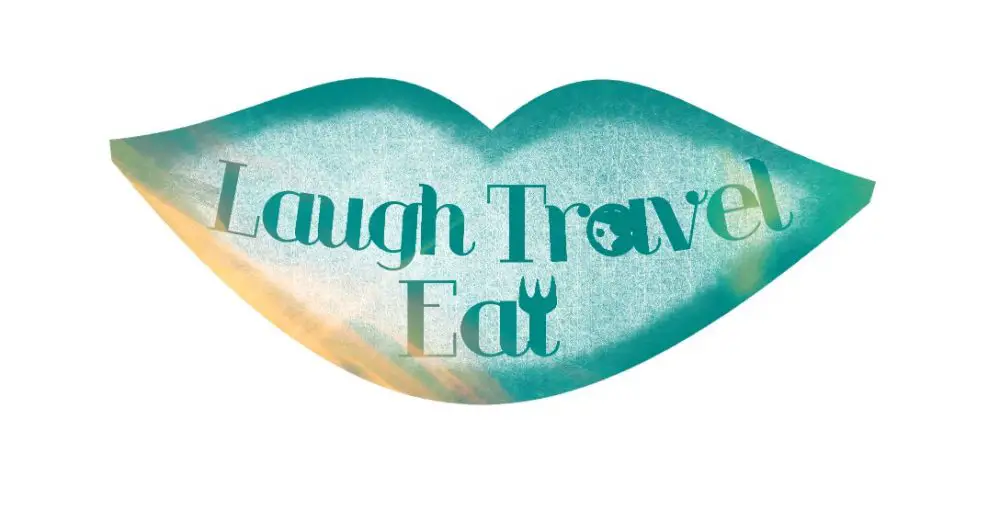

 中文 (香港)
中文 (香港)